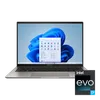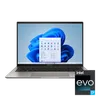I've created thousands of AI images and these are the best AI image generators of 2025
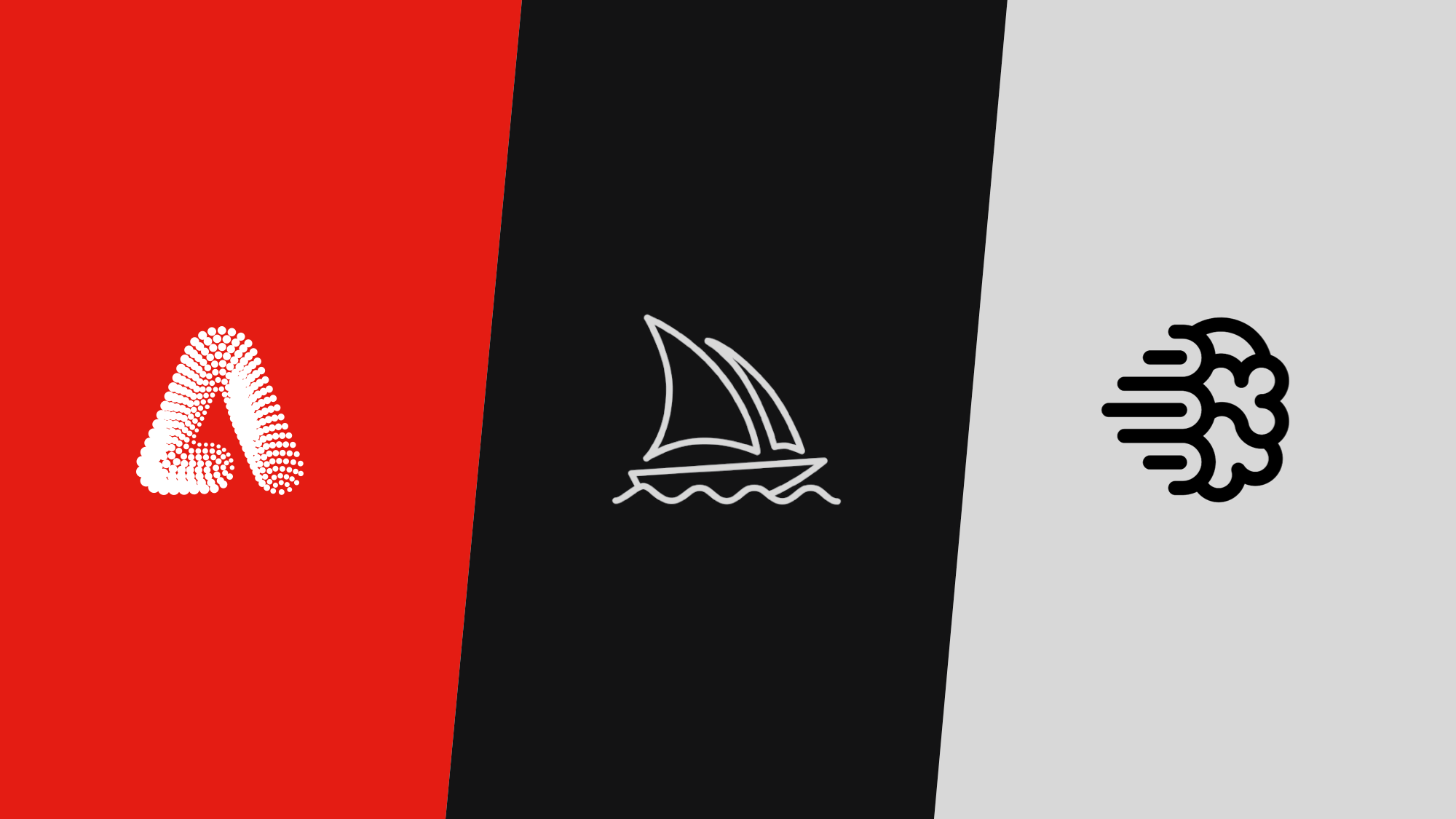
I create a lot of content using generative AI, and it’s become part of my daily routine. Most mornings, I start by opening Ideogram to make something completely random, bring it to life with an animation in Runway, and then add a voiceover using Hedra. Over time, I’ve tested multiple AI models, especially image generators, and each brings something unique to the table.
AI image generation has evolved at a staggering pace. When the first version of Midjourney launched in February 2022, it struggled to produce a realistic-looking human. Now, less than three years later, its output can be indistinguishable from reality.
We put Google's impressive Imagen 3 AI image model to the test with a series of 7 prompts.
In today’s rapidly evolving AI market, having a good model isn’t enough. What makes a platform stand out are the extra features — like Ideogram’s Canvas, Freepik’s upscaling, or Midjourney’s Editor, which even lets you tweak external images.
Choosing the right model can be tricky, especially if you’re paying for premium capabilities. That’s where this guide comes in. I didn’t just use these image generators, I stress-tested them with a wide range of prompts, image types, and criteria to see not only how well they performed, but how they stacked up against each other.
I ran realism tests, checked which generator animated best in Runway, evaluated text rendering, and compared how lifelike each could make people. Those results form the backbone of this guide to the best AI image generators you can use right now.
How we test AI image generators
Why you can trust Tom's Guide
The simplest way to test any tool is to use it — a lot. I create images daily as part of my work, using all the major AI image generators featured in this guide. I run side-by-side comparison tests, try varied prompts, and push each tool to see where it struggles.
I also experiment with features beyond the core model, from editing tools to integrations with AI video and lip-syncing, to see how well outputs work across creative workflows. Each model has its own quirks when it comes to prompting, and I’ve made it a goal to uncover the best approaches for each.
For this guide, I’ve focused on platforms rather than underlying models. Some models, like Flux and Stable Diffusion, are widely available on services like FAL, NightCafe, Leonardo and Freepik. Others are single-platform models. However, that is changing with the rise in APIs. For example, you can get Imagen 3, DALL-E 3 and Ideogram on NightCafe now.
For each of the generators below I came up with five prompts to put them to the test. You can see the resulting images in a gallery for each section. For Leonardo, these were made with Phoenix, NightCafe images were made using Flux 1.1 Pro and Freepik images were generated using its own Mystic model.

Ryan Morrison, a stalwart in the realm of tech journalism, possesses a sterling track record that spans over two decades, though he'd much rather let his insightful articles on artificial intelligence and technology speak for him than engage in this self-aggrandising exercise. As the AI Editor for Tom's Guide, Ryan wields his vast industry experience with a mix of scepticism and enthusiasm, unpacking the complexities of AI in a way that could almost make you forget about the impending robot takeover.

Amanda is a seasoned writer with a passion for blending creativity and technology. As a tech enthusiast, she has a deep love for innovation and a flair for encouraging others to embrace the power of AI. When she’s not exploring new ways to push the boundaries of the digital world, she enjoys long-distance running, spending time with family, and writing science fiction books for young readers.
Best AI image generator overall

1. ChatGPT
Specifications
Reasons to buy
Reasons to avoid
ChatGPT stands out as the overall best image generator. Different than Sora, the image generator is built in to the model, allowing users to text an image prompt within the chat.
OpenAI's model interprets detailed prompts with precision, producing images that closely match user descriptions. In comparative tests, it outperformed competitors like Midjourney V7 in areas such as photorealism and complex scene recreation.
Unlike many AI image generators, including previous versions of ChatGPT, ChatGPT-5 effectively incorporates legible and accurate text within images.
Leveraging its knowledge base, ChatGPT-5 can generate contextually rich images without needing exhaustive prompt details. The simplest text prompts can yield accurate depictions without further explanations.
Users can also iteratively refine images through natural language instructions. Whether it's adjusting colors, adding elements, or modifying styles, ChatGPT-4o facilitates seamless edits within the chat interface. The ease of which edits can be made also makes ChatGPT a top bot in the catagory.
Finally, the newest ChatGPT-5 features is an Image Library, allowing users to easily access, manage, and revisit their generated images.
ChatGPT-5 combines advanced image generation capabilities with user-friendly features and ethical considerations and strict safety measures in place.
Honorable mention for best overall image generator
2. Midjourney
Specifications
Reasons to buy
Reasons to avoid
While Midjourney may not offer the extensive range of models or video capabilities found in platforms like FAL, NightCafe, and Leonardo, it remains a reliable and powerful AI image generator. Known for producing highly realistic images, it provides users with impressive control over their outputs.
Initially, mastering Midjourney's numerous parameters and features—especially within its Discord interface—can be challenging. However, once you grasp the fundamentals, it becomes a remarkable tool. Talented users have achieved photorealistic results, with images indistinguishable from actual photographs. Notably, Midjourney was among the first to address the common issue of rendering human fingers accurately, consistently producing lifelike human depictions.
What truly sets Midjourney apart is the level of control it offers over image generation. Users can employ parameter commands to reference styles or characters from other images or utilize commands to significantly alter an image's appearance, providing a high degree of creative flexibility.
Looking ahead, the Midjourney team has hinted at exciting developments, including potential video and 3D capabilities, as well as the anticipated launch of version 7. These updates promise to expand the platform's features and offer users even more creative possibilities.
Midjourney has had a busy 2025, expanding far beyond still images with the launch of its first video generation model, V1, which can animate static prompts into short clips up to 21 seconds long. The update arrives alongside the rollout of Version 7, which introduces faster Draft Mode, improved realism, and personalized outputs tuned to each user’s style.
Pro and Mega subscribers can expect 720p HD video support soon, plus a new Style Explorer tool for even more creative control. However, the company is also facing legal pressure, with Disney and Universal suing over AI-generated depictions of their characters — a case Midjourney says falls under fair use.
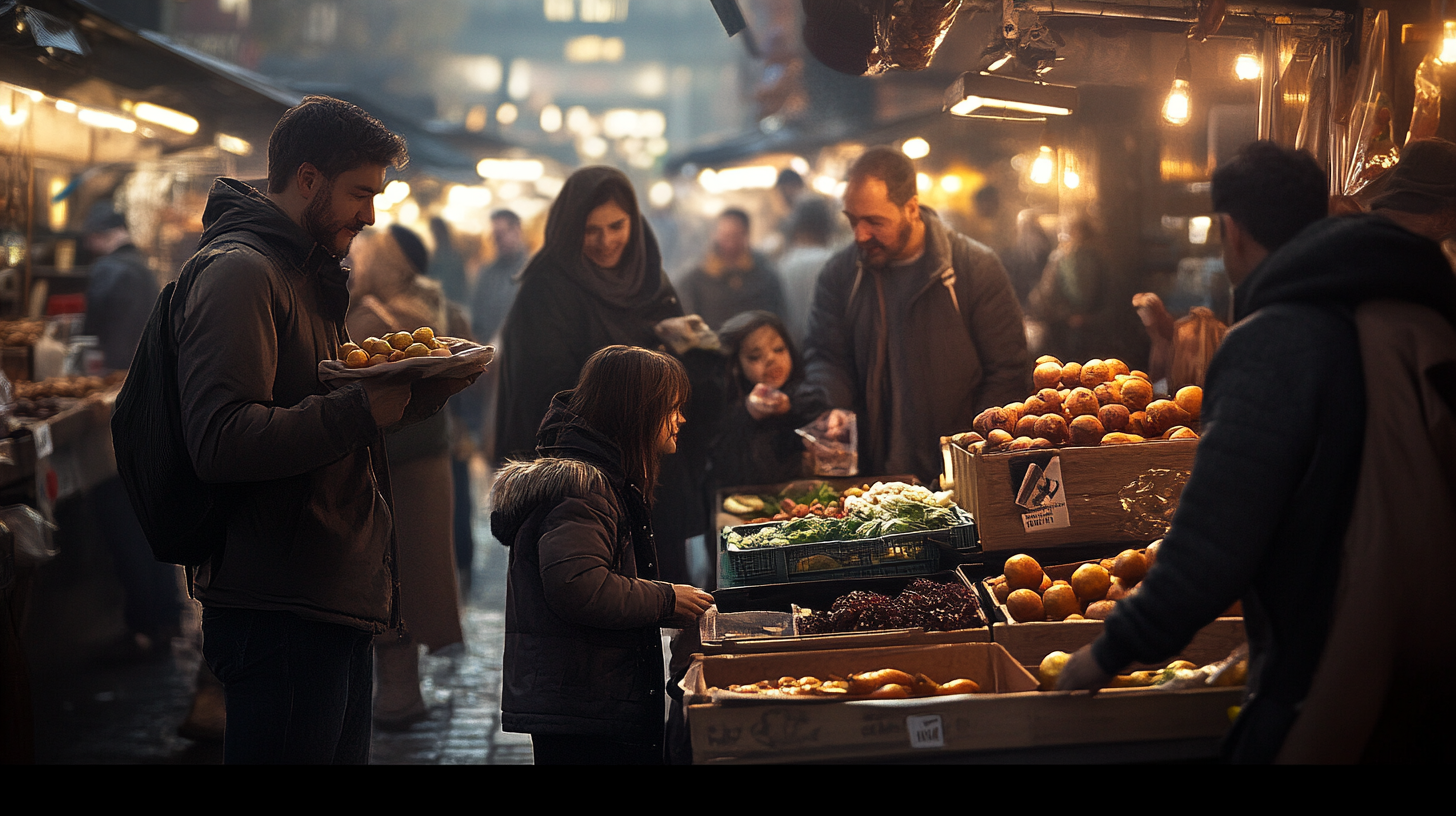
Prompt: A vibrant, candid street photo of people in a busy London market during autumn, focusing on diversity and interactions between friends and families. The scene should capture realistic clothing, natural smiles, and market stalls brimming with fresh produce and handmade items. Golden autumn light softly illuminates the scene, creating a warm atmosphere.
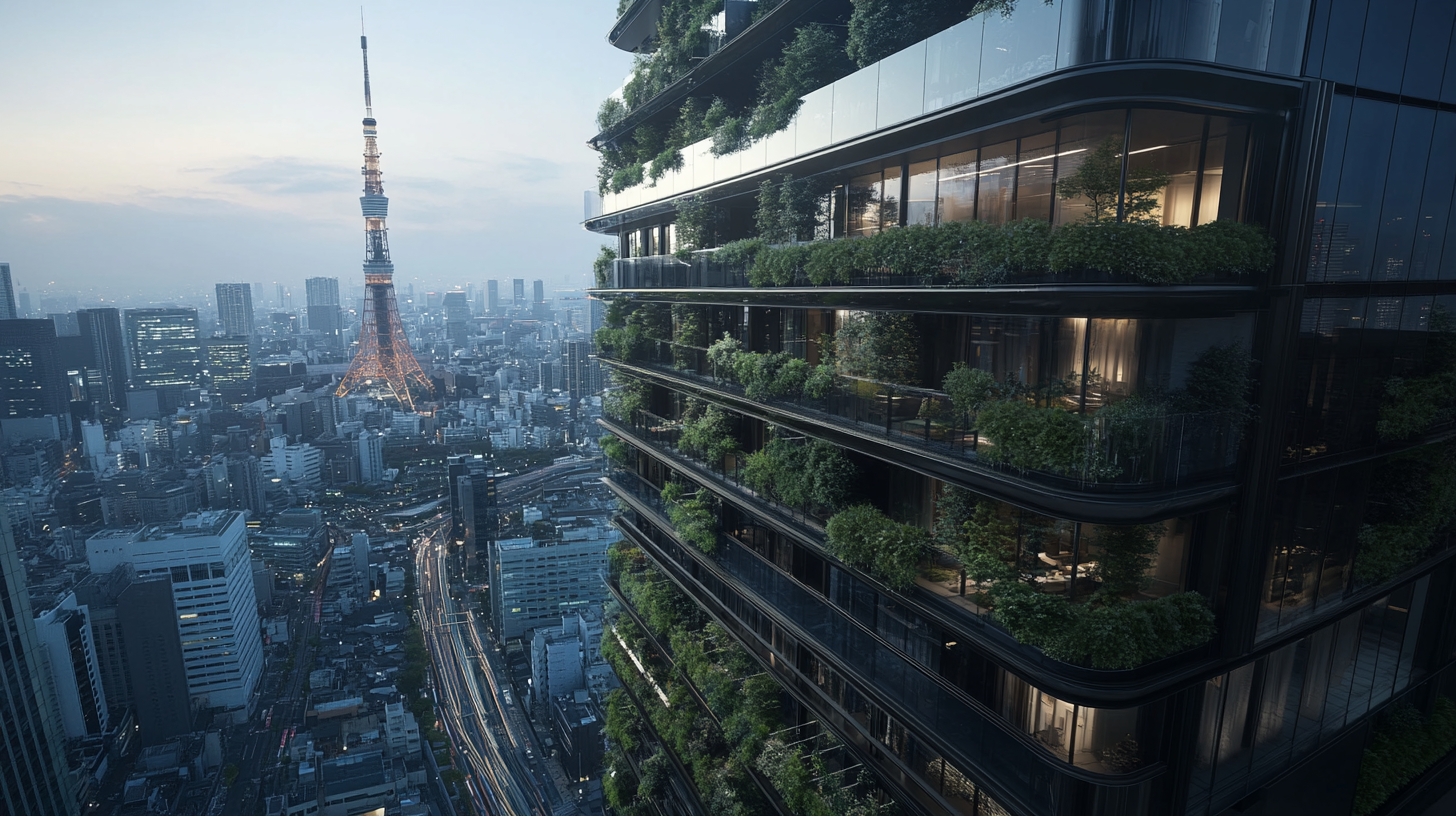
Prompt: A futuristic eco-friendly skyscraper in central Tokyo. The building incorporates lush vertical gardens on every floor, with cascading plants and trees lining glass terraces. Solar panels and wind turbines are integrated into the structure's design, reflecting a sustainable future. The Tokyo Tower is visible in the background, contrasting the modern eco-architecture with traditional city landmarks.

Prompt: A beautifully plated vegan gourmet dish featuring a colourful arrangement of roasted vegetables, microgreens, and edible flowers on a minimalist ceramic plate. Each ingredient should have intricate detail, capturing a mix of textures like roasted, crispy, and creamy. The backdrop is soft and blurred, making the vibrant colours of the food the central focus.

Prompt: An elegant snow leopard perched on a cliff in the Himalayan mountains, surrounded by swirling snow. The animal’s fur is intricately detailed with distinctive patterns and a thick winter coat. The scene captures the majesty and isolation of the leopard's habitat, with mist and mountain peaks fading into the background.
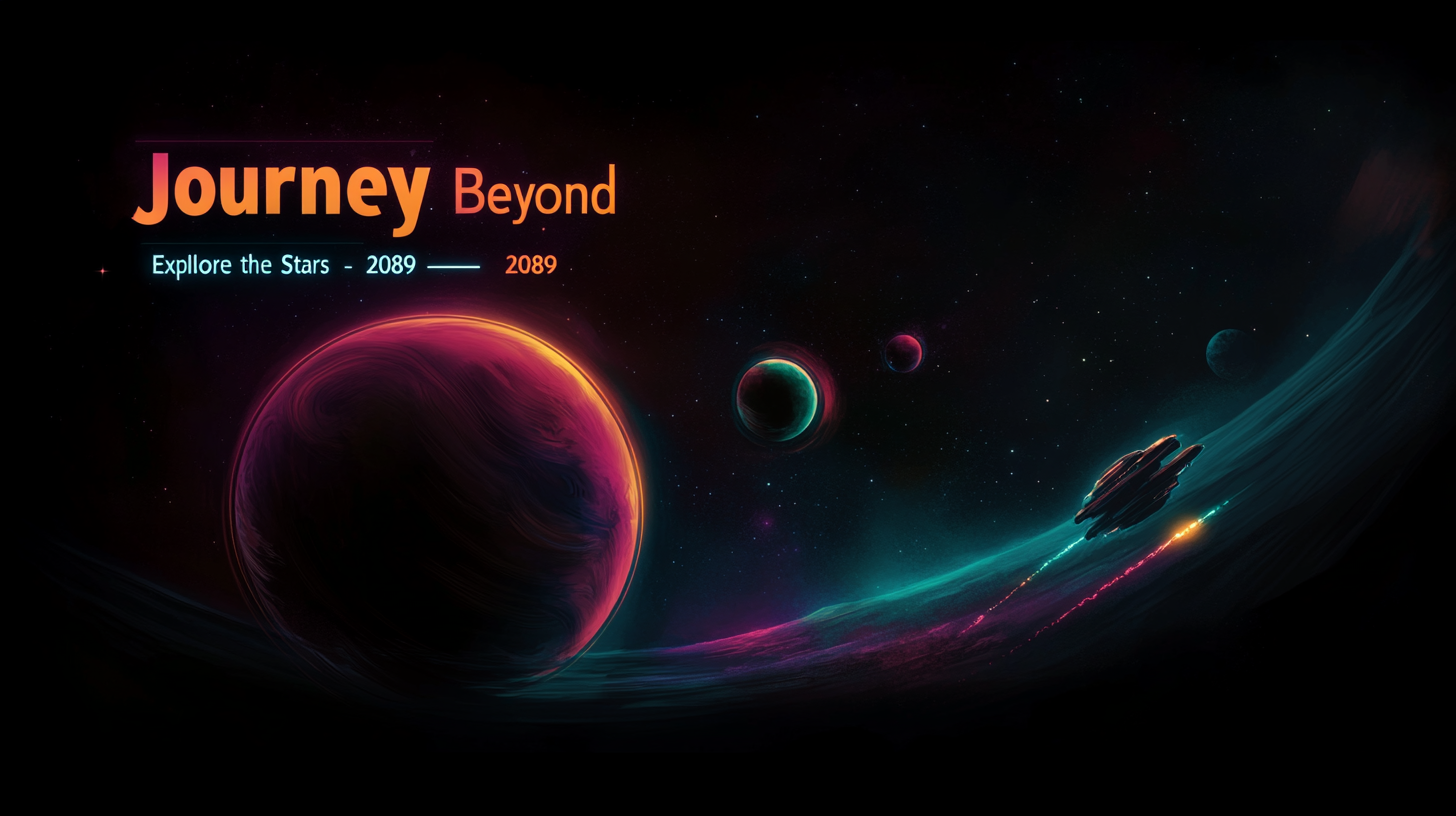
Prompt: A retro-futuristic sci-fi poster with a neon-coloured space scene featuring a large, glowing planet in the foreground and multiple smaller planets in orbit. Include a spaceship flying towards the largest planet, with a trail of light behind it. Add stylised text at the top saying, "Journey Beyond" in a bold, vintage font, and at the bottom, a tagline: "Explore the Stars - 2089." The image should evoke a mix of nostalgia and futuristic exploration.
Best for Features
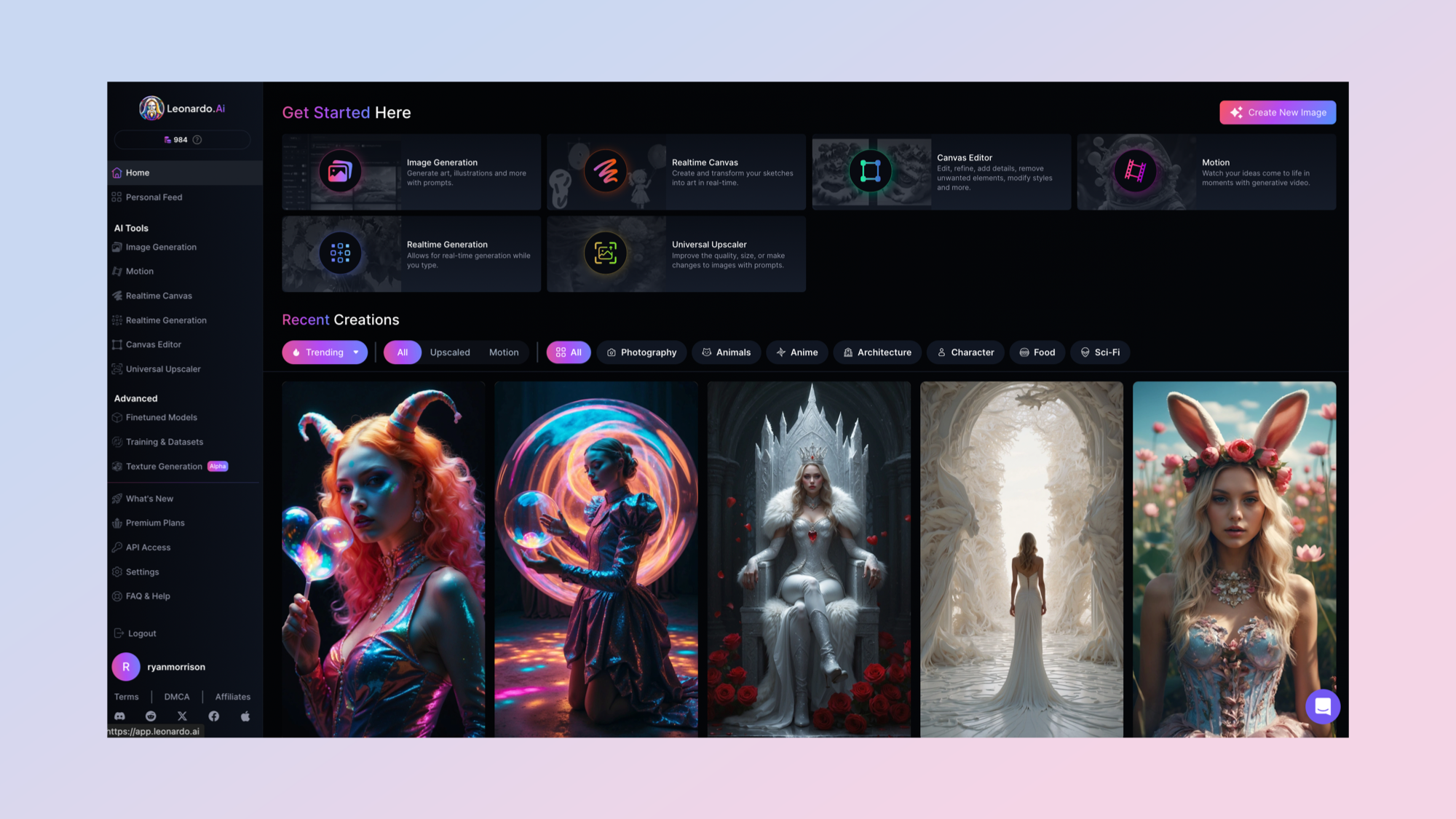
2. Leonardo
Our expert review:
Specifications
Reasons to buy
Reasons to avoid
Leonardo may have started as a polished front end for Stable Diffusion models, but it’s evolved into one of the most versatile AI art platforms available. The introduction of its powerful Phoenix model was a turning point, delivering photorealistic results that come close to Midjourney’s best, and that’s before you factor in its extensive style controls and fine-tuned model variants.
In July 2024, Canva acquired Leonardo and began integrating its tech into Canva’s Dream Lab, an AI-powered image generator that can produce everything from cinematic landscapes to hyper-real portraits. Dream Lab runs on the Phoenix model but also taps into Leonardo’s expanding lineup, including the ultra-detailed PhotoReal model, the fast Lightning XL, and the vibrant Lucid Origin. Users can also experiment with Elements ,fine-tuned styles like “sketch” or “sculpture,” and set themes such as cinematic, food, or long exposure before generation.
Leonardo’s appeal lies in its balance of simplicity and depth. The interface is clean and beginner-friendly, but under the hood you can upload reference images, fine-tune how they’re used, control aspect ratio and layout, generate with transparent backgrounds, upscale images, or even sketch an idea and have the AI fully render it. Recent updates have added live image generation, ControlNet-based guidance, and multi-layer editing, making it a genuine creative sandbox.
With Canva now backing it and video generation on the roadmap, Leonardo is positioned not just as an AI art tool but as a full creative suite, and one of the few that gives you both power and polish in a single platform.
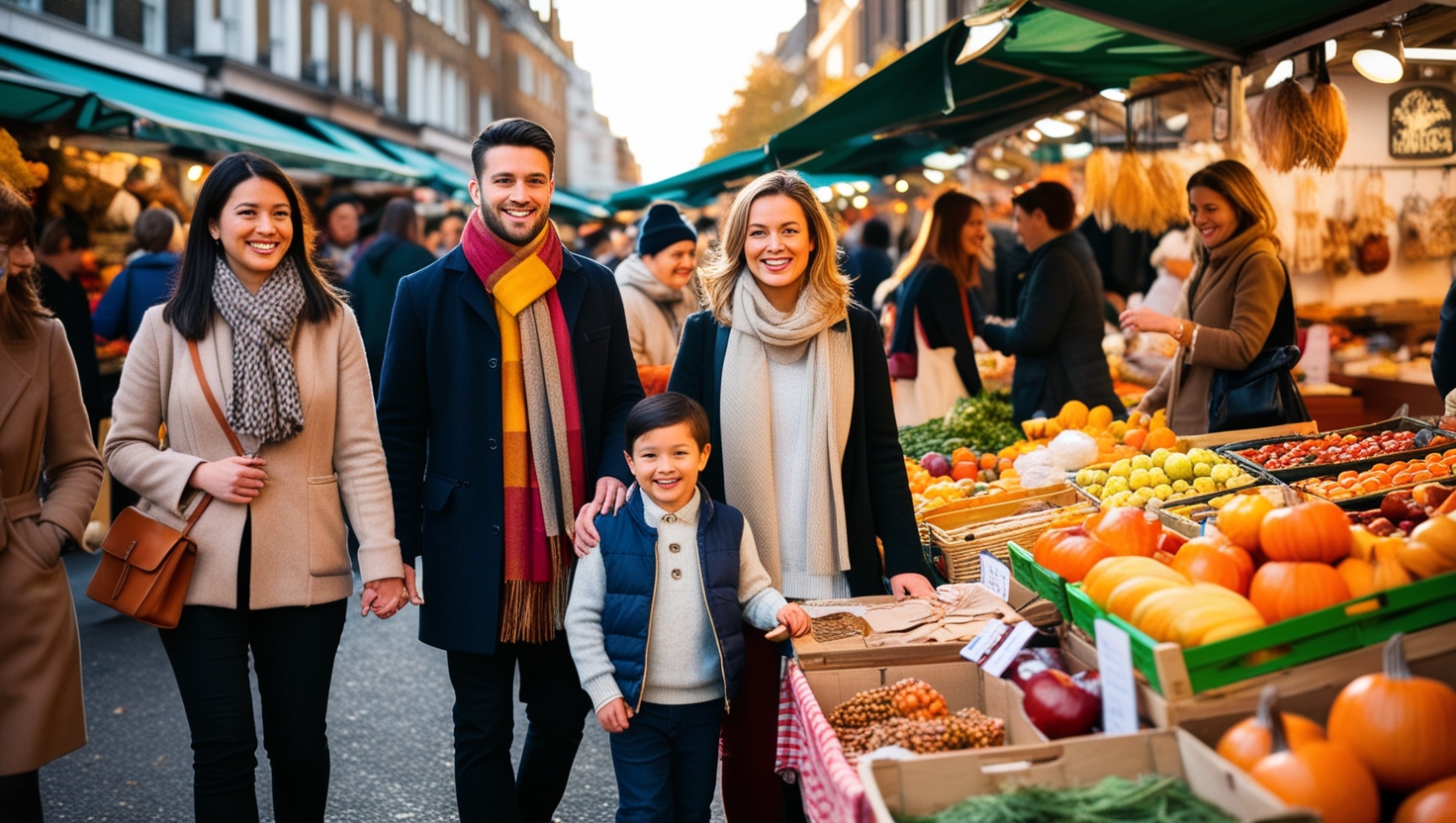



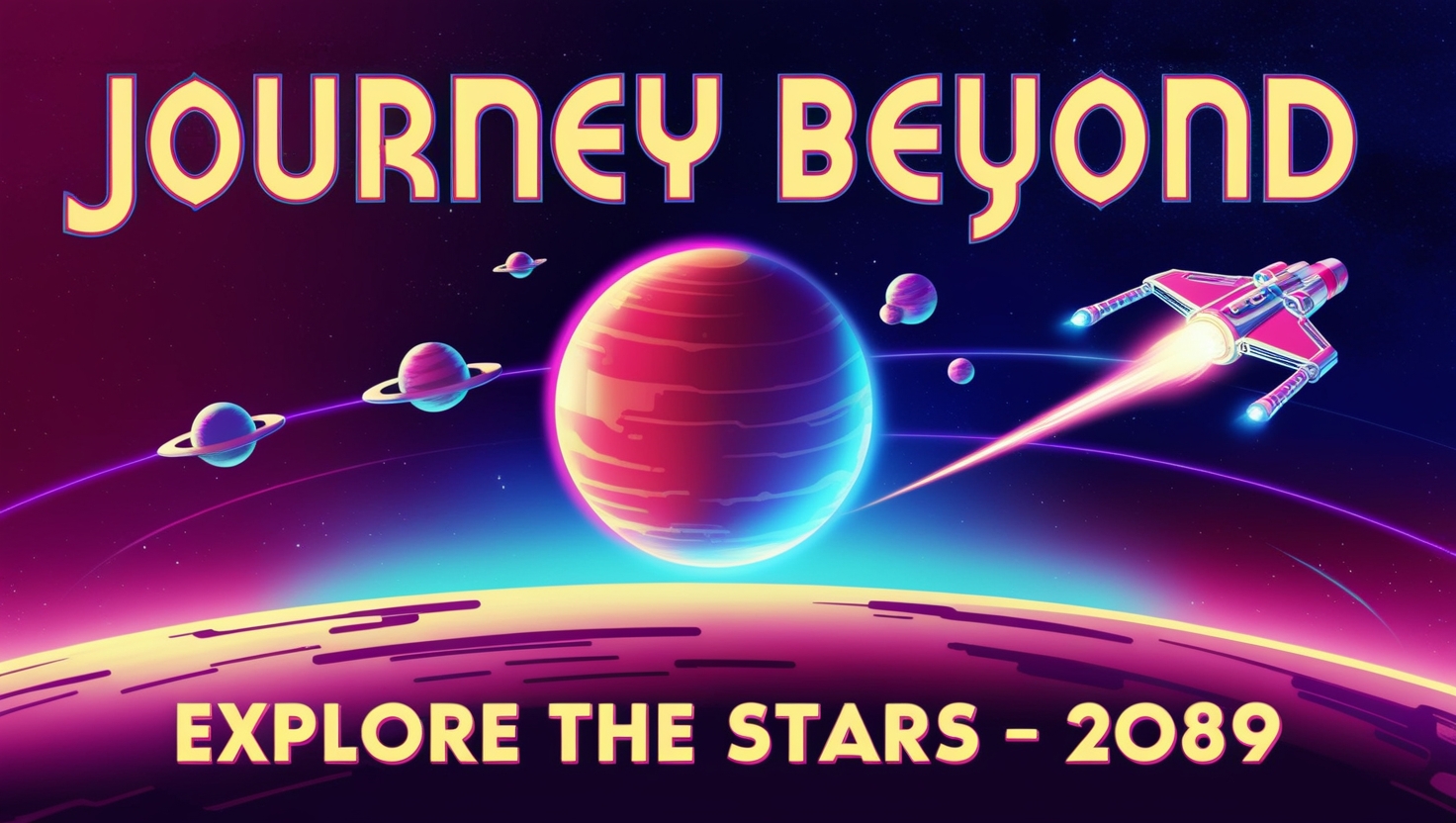
Best for text on images
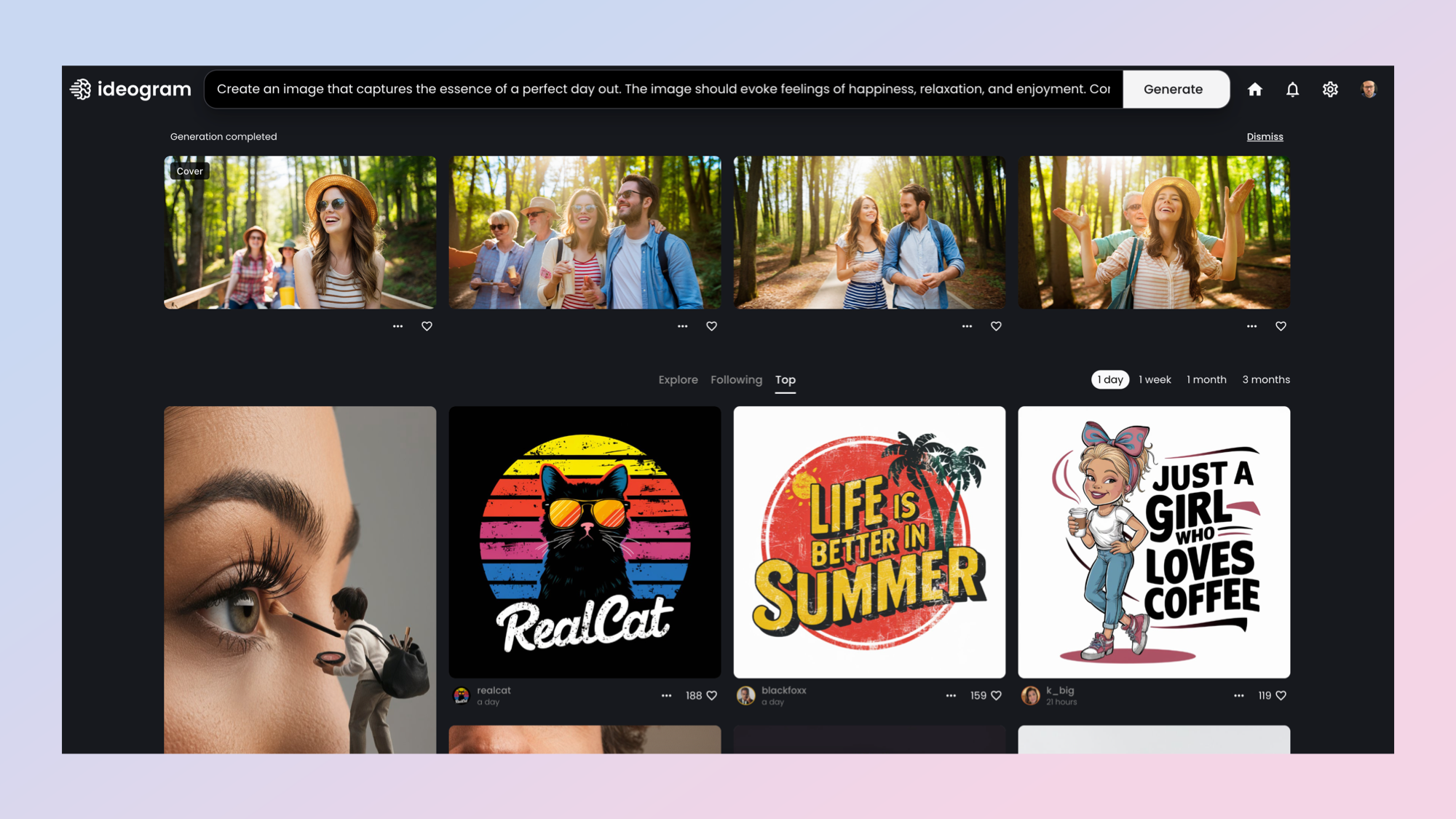
3. Ideogram
Specifications
Reasons to buy
Reasons to avoid
Ideogram has long been a go-to for anyone who needs AI-generated images with flawless text, and in 2025 it’s only getting better. Originally known for design-friendly tools like color palettes, a dedicated “design” style, and text rendering that puts rivals to shame, the platform now offers even more creative control.
Its Canvas editor remains a standout, letting you refine or completely rework images with extended text prompts, perfect for fixing text alignment or adjusting graphic design elements. Batch Generation streamlines workflows by creating multiple images at once, making it easy to spin up posters, product mockups, or social media graphics in bulk.
Recent updates have taken things further. The new 2a model improves speed and cost-efficiency for design and photography workflows, while Ideogram 3.0 adds sharper photorealism and a style reference system that lets you upload up to three images to guide the look and feel of your results. You can also browse and apply from over 4.3 billion style presets using style codes.
Mobile users aren’t left out either, Ideogram’s official iOS app brings all these capabilities to your phone, with an Android version on the way. Combine that with Magic Prompt, which automatically refines your text for better results, and you’ve got a tool that’s equally suited to professional designers and casual creators.
Whether you’re building a marketing campaign, creating a movie poster, or mocking up a greeting card, Ideogram makes it easy to get polished, text-perfect images with minimal fuss, and that’s why it’s still one of the best AI image generators you can use today.
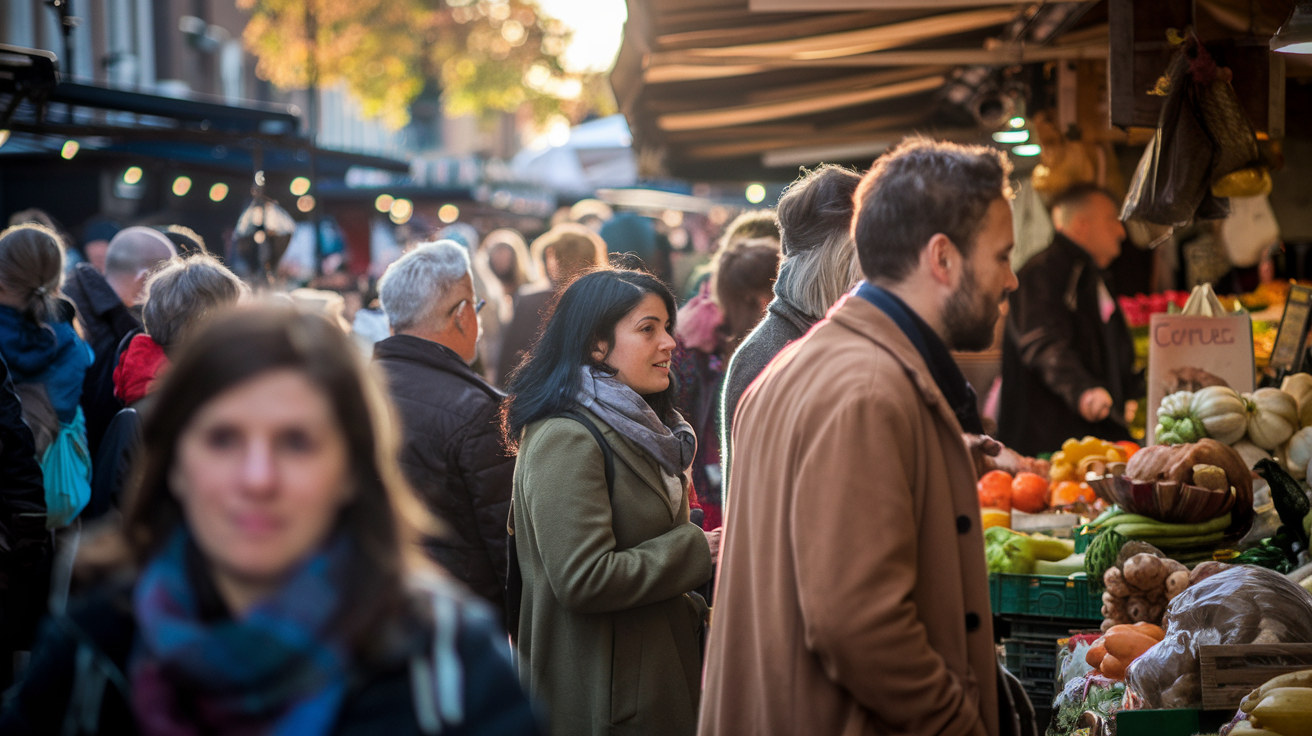
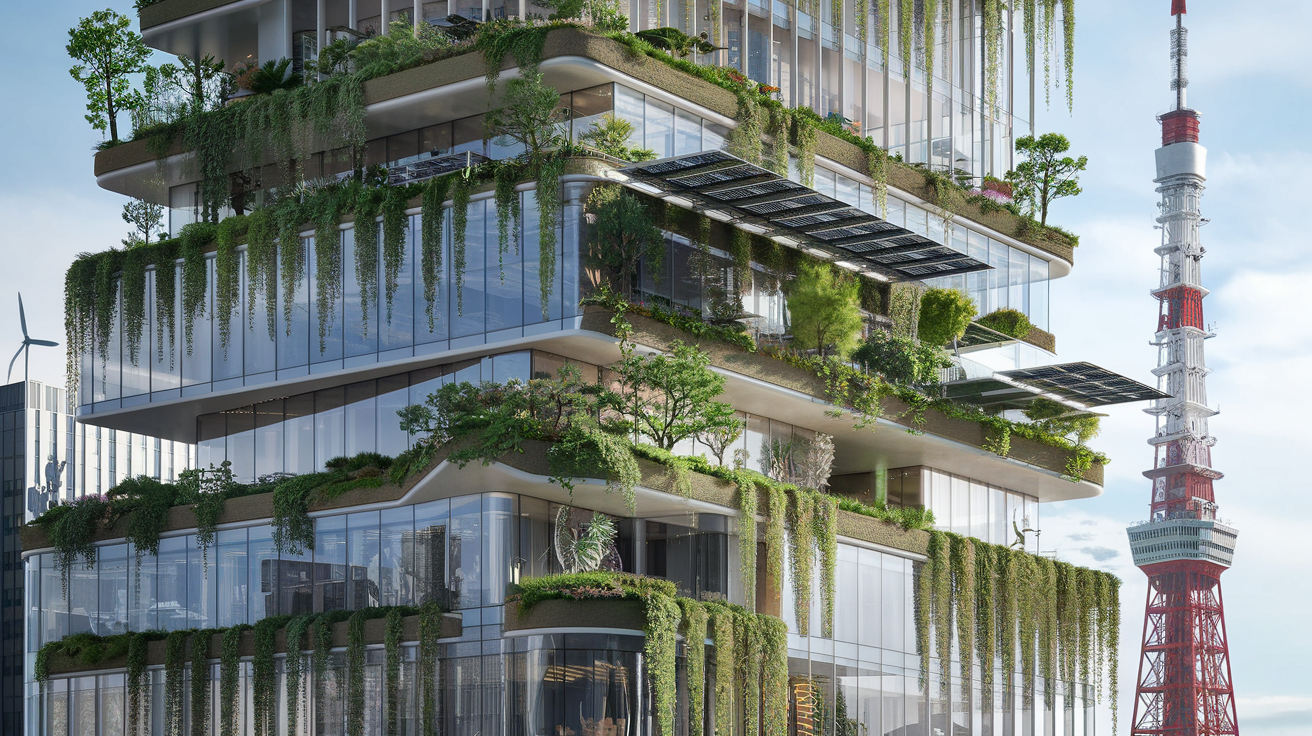


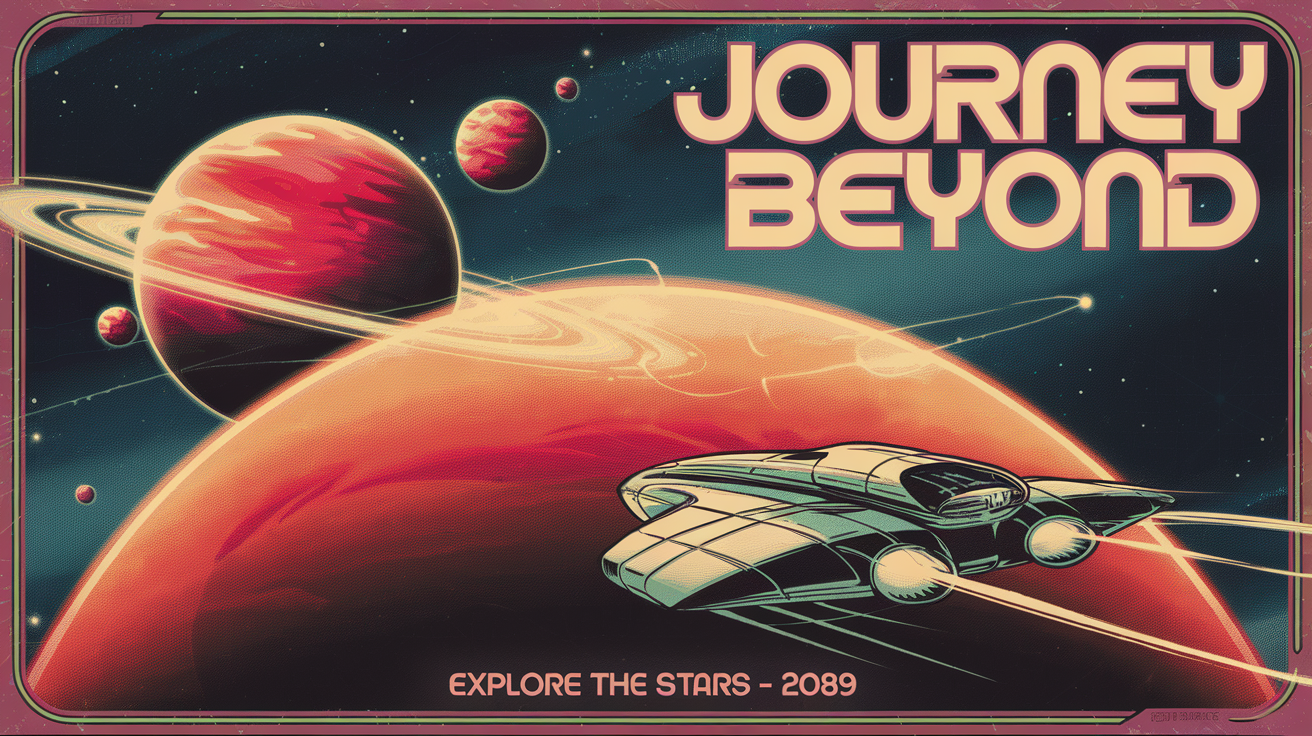
Best for collaboration
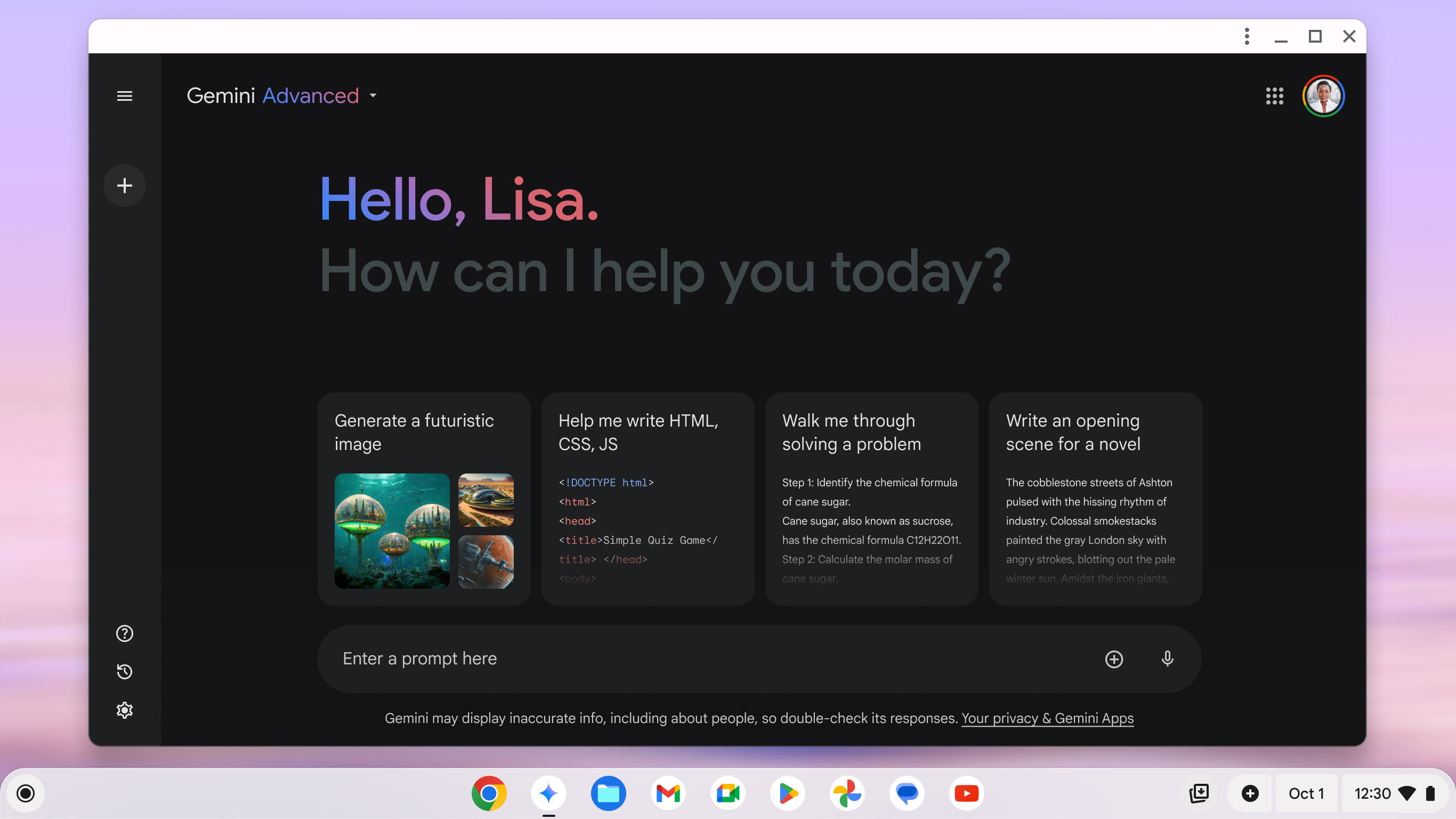
4. Google Gemini
Specifications
Reasons to buy
Reasons to avoid
Google’s Gemini chatbot has had a rocky history with image generation. Early versions, powered by DeepMind’s Imagen 2, ran into trouble in 2024 when the system produced inaccurate depictions of people, prompting Google to suspend the feature entirely. Now, after a major overhaul, it’s back — and it’s much more capable.
The current system runs on Imagen 4, Google’s latest AI image model, which delivers sharper visuals, more accurate text rendering, and improved realism across styles — from photorealistic portraits to oil-painting textures. It also fixes the earlier issues with generating people, with stronger safeguards in place to avoid the same missteps.
Gemini’s image tools now go beyond simple generation. You can edit existing AI-generated or uploaded images by changing backgrounds, swapping elements, or refining specific details with natural language prompts. For developers, Imagen 3 is also available through the Gemini API, with fine-tuning options like aspect ratio control, multi-image outputs, and built-in SynthID watermarks for authenticity.
These upgrades are available to Gemini Advanced, Business, and Enterprise users, making them accessible to a much wider audience. Combined with its faster generation times and integrated editing tools, Gemini is evolving into a serious contender in the AI art space — and a far more polished one than the version that stumbled out of the gate.
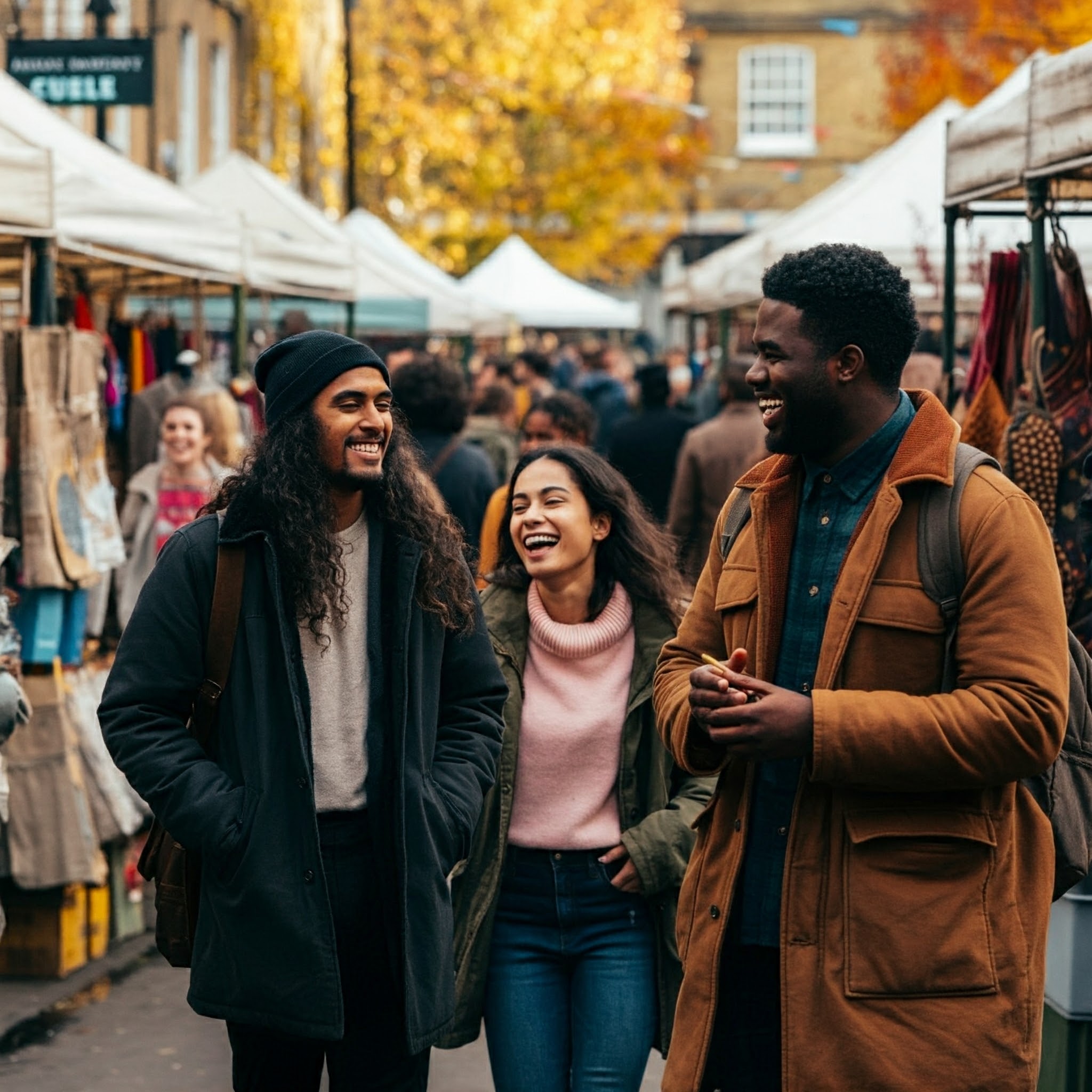



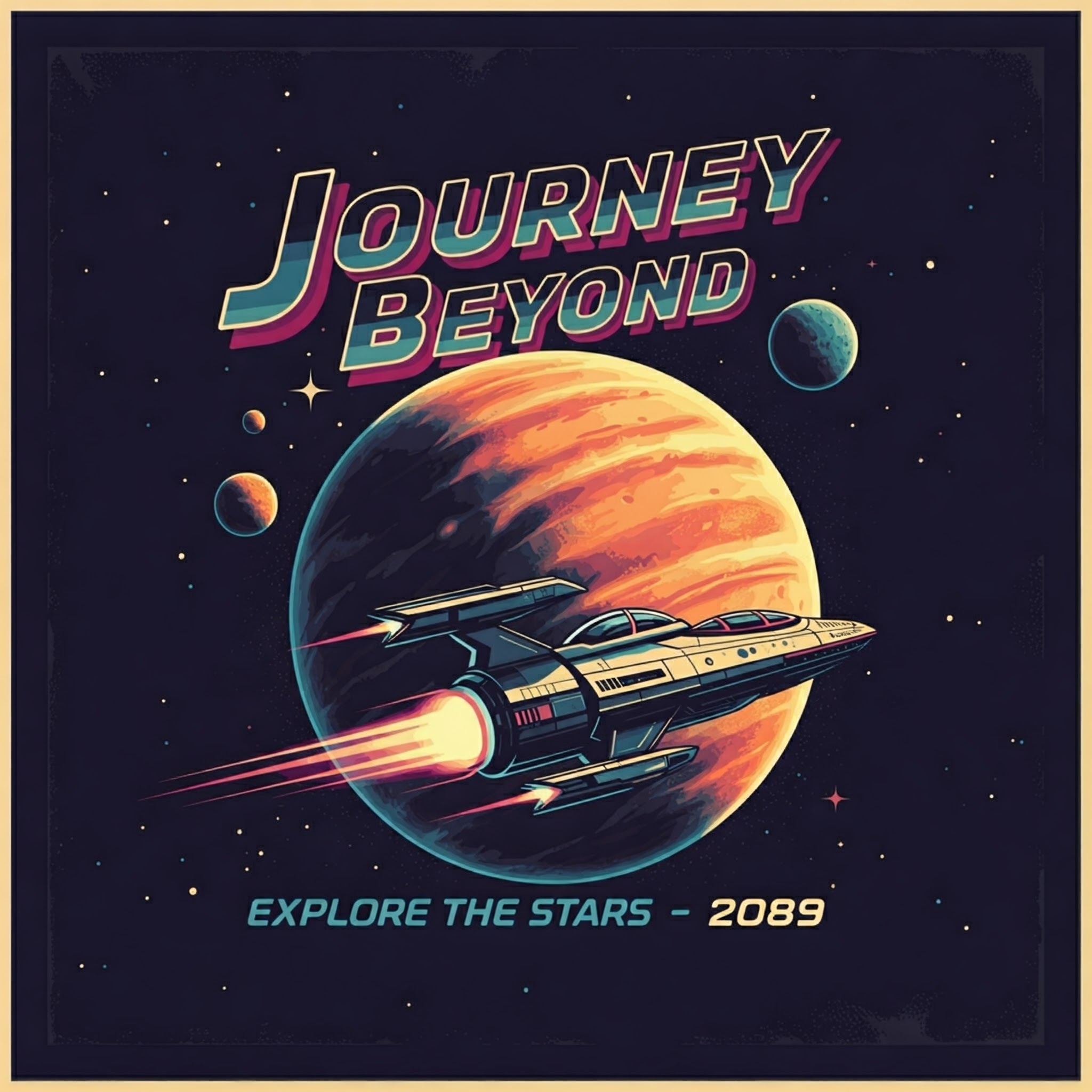
Best for interaction
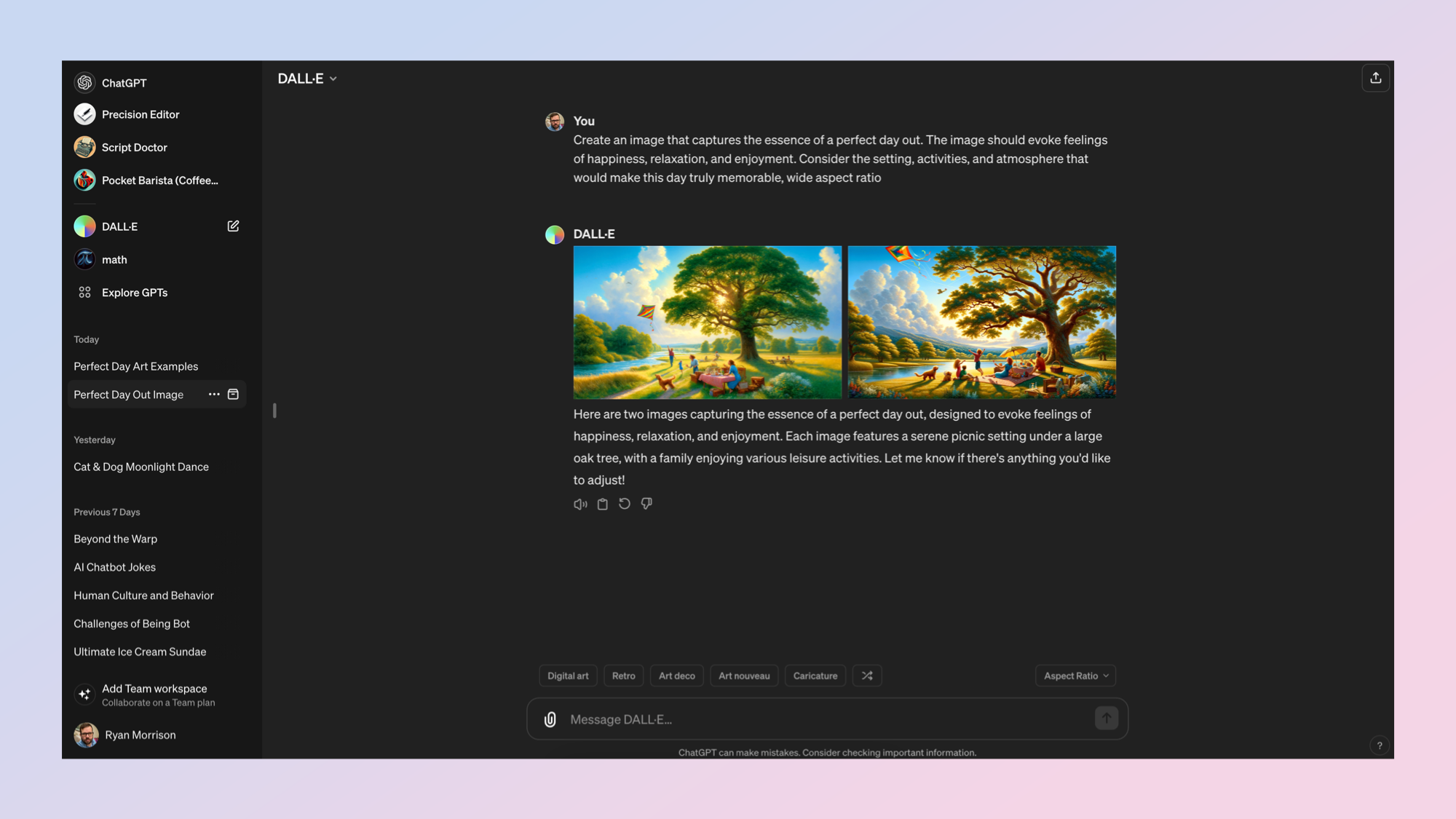
5. OpenAI ChatGPT (DALL-E 3)
Specifications
Reasons to buy
Reasons to avoid
DALL·E 3 is no longer locked behind ChatGPT Plus — free users can now generate a limited number of images each day, while paid tiers get higher limits. You can create images directly in any chat or launch the dedicated DALL·E GPT from the Explore GPTs menu, making it easier than ever to go from an idea to a finished visual.
OpenAI has also rolled out GPT-4o’s own image generation capabilities, meaning ChatGPT isn’t limited to DALL·E for visuals anymore. Still, DALL·E remains a strong all-rounder: it’s great with text, can produce photorealistic (if occasionally uncanny) results, and handles artistic styles well. Its biggest advantage is how conversational the process is — you can describe what you want, get an image, then refine it with follow-up prompts.
Editing is just as intuitive. Click on any generated image, select an area with the brush tool, and describe the change you want. Whether you’re adding a hat to a cat or re-writing text on a poster, DALL·E’s integrated editor makes it easy to iterate without starting from scratch.
While GPT-4o’s native image generation may eventually replace the need for a separate model, for now DALL·E 3 remains a go-to tool for fast, flexible, and highly editable AI art inside ChatGPT.
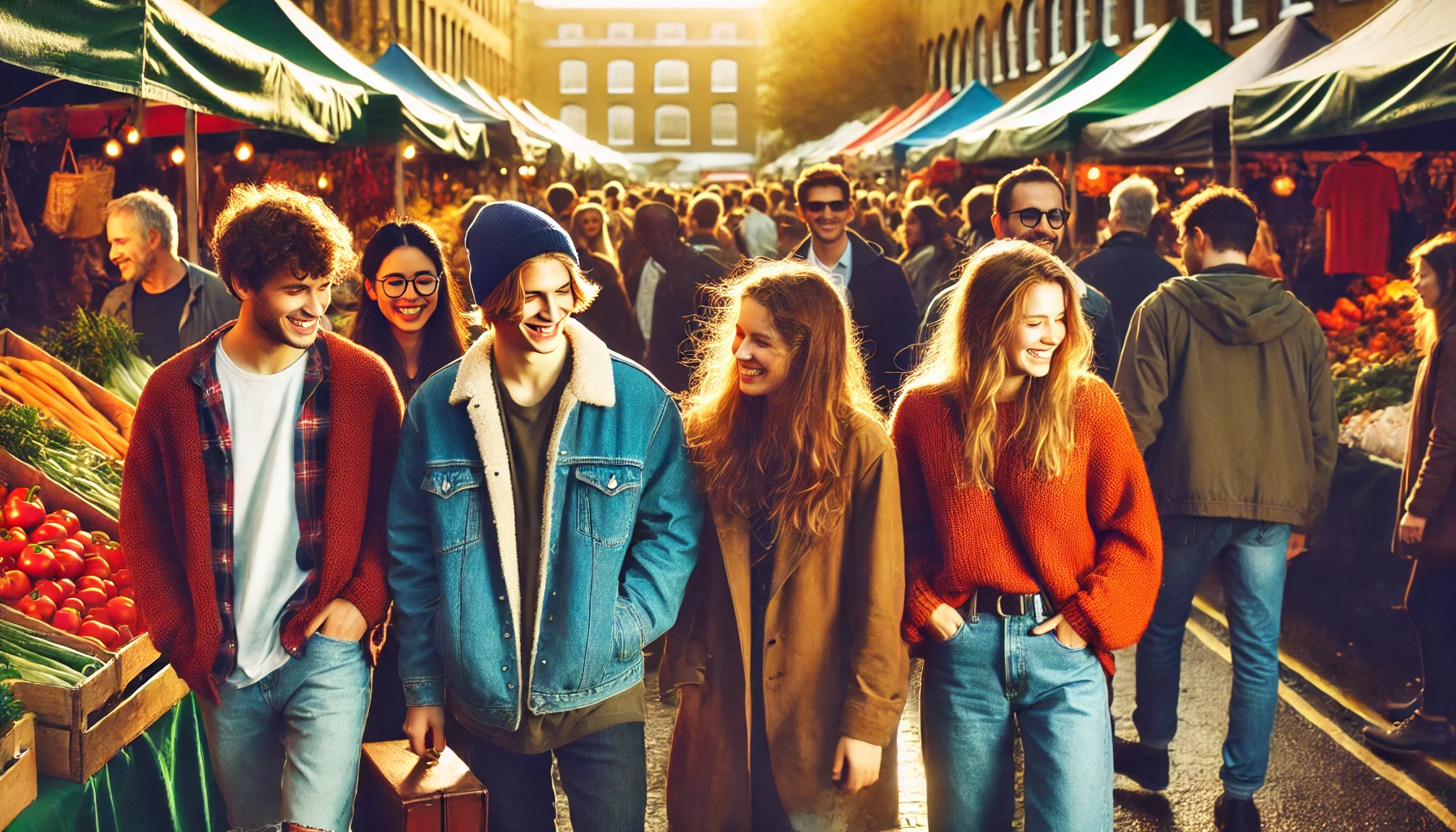
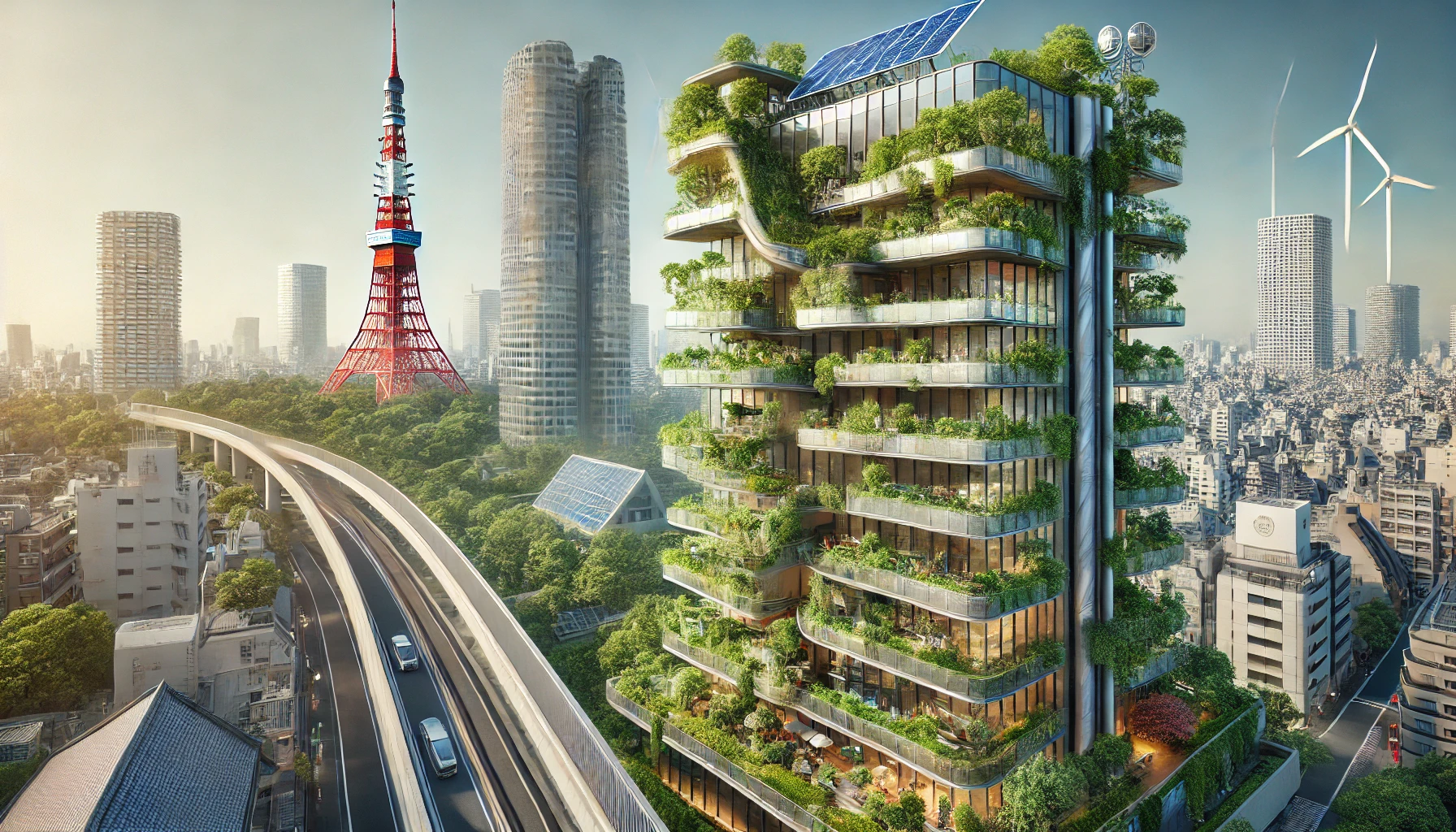


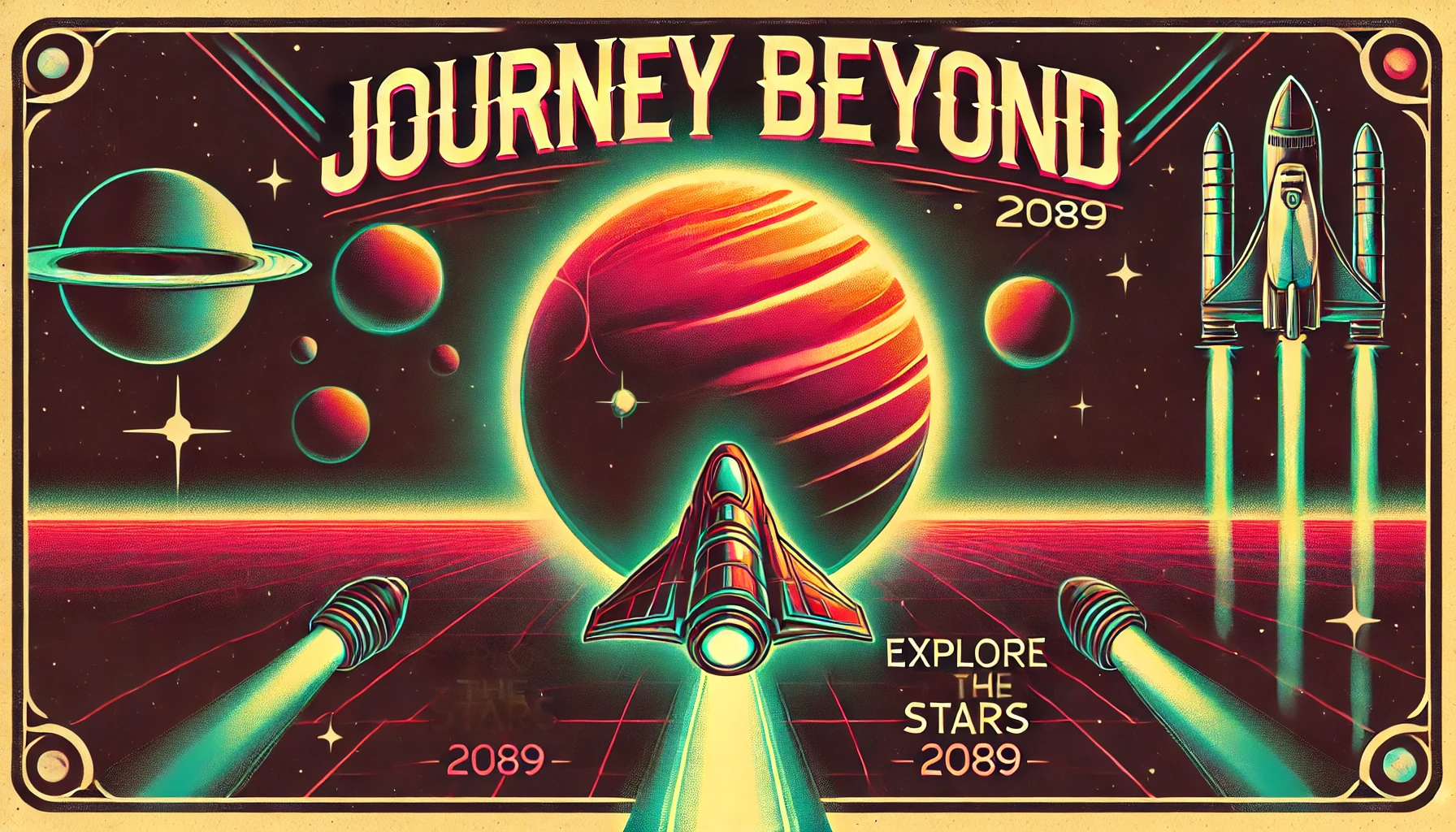
Best for ethical training
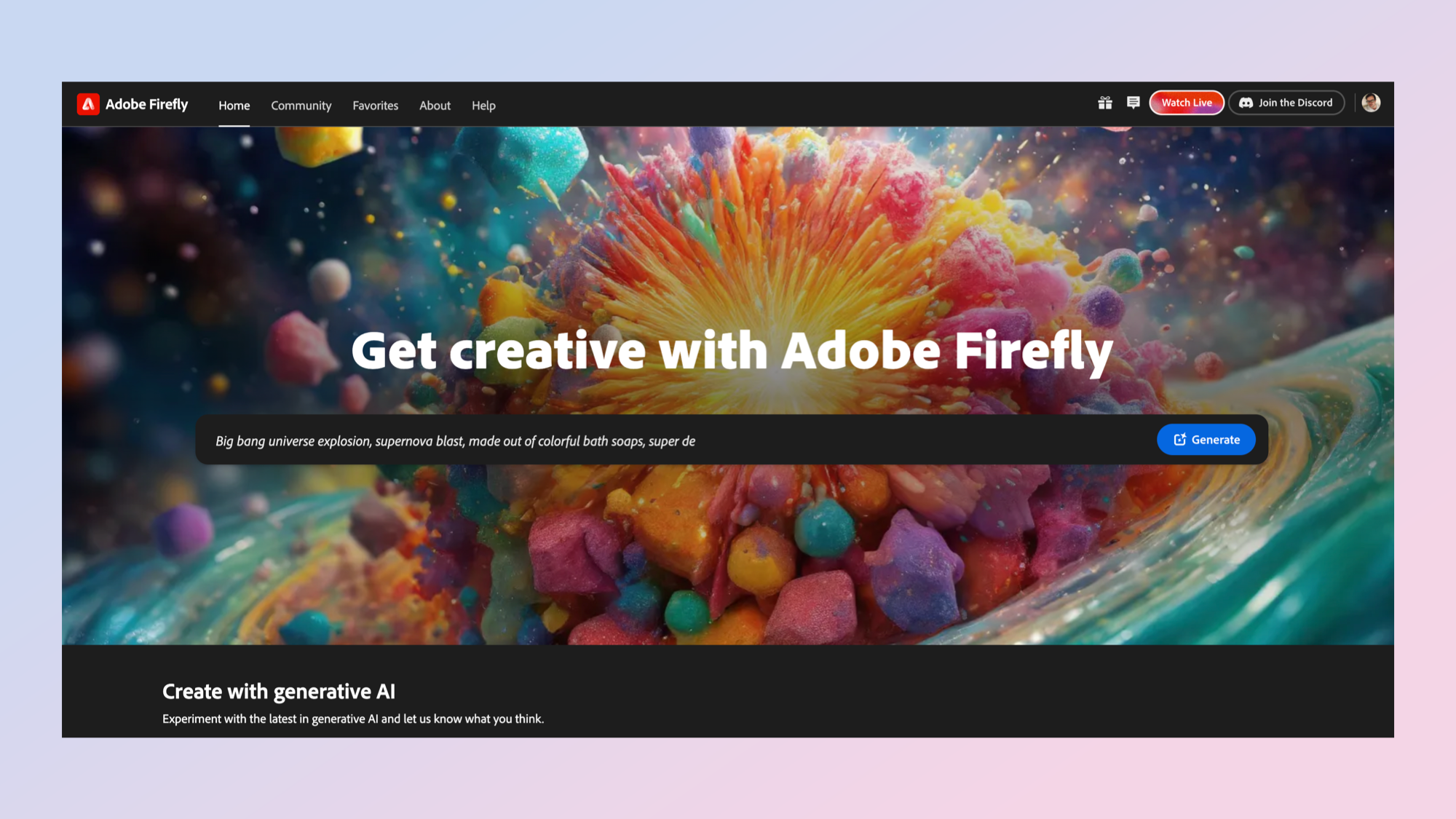
7. Adobe Firefly
Specifications
Reasons to buy
Reasons to avoid
Adobe Firefly has always stood out for its ethical approach to AI, its training set is almost entirely built on Adobe Stock images, giving creatives more confidence that their work is copyright-safe. Adobe even offers financial indemnity for images generated with Firefly, something few rivals can match.
Now, Firefly is expanding well beyond still images. The new Firefly Video Model, currently in public beta, lets you generate high-quality, IP-safe video clips from text prompts or reference images and send them straight into Premiere Pro. It works hand-in-hand with Generative Extend, a feature that can seamlessly lengthen shots while keeping the style and motion consistent.
On the image side, the Image Model 4 upgrade delivers sharper detail, more accurate prompt interpretation, and even better realism for both people and environments. Adobe has also rolled out a Firefly mobile app for iOS and Android, putting image and video generation, plus Photoshop-style Generative Fill and Expand, in your pocket. Creations sync automatically to Creative Cloud, so you can start on mobile and finish on desktop.
For collaboration, Firefly Boards is now in public beta, offering an AI-powered moodboarding and remixing space that supports not only Adobe’s own models but also third-party tools like Luma, Ideogram, Runway, and Pika.
With these upgrades, Firefly has evolved into a full creative engine, spanning ideation to production, while holding on to its biggest advantage: giving professionals cutting-edge AI tools without sacrificing commercial safety.
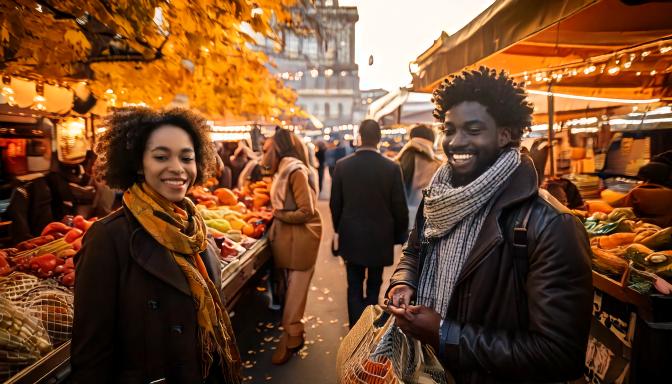
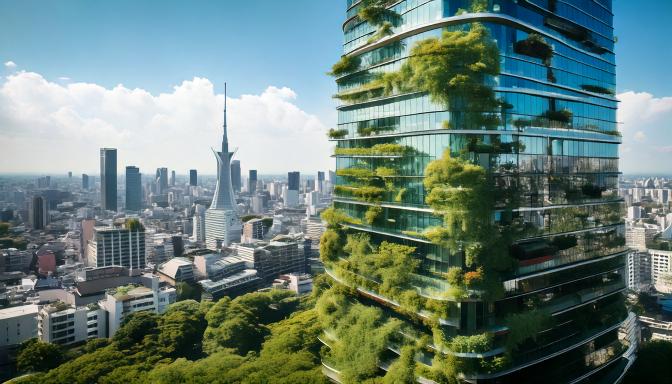



Best for community
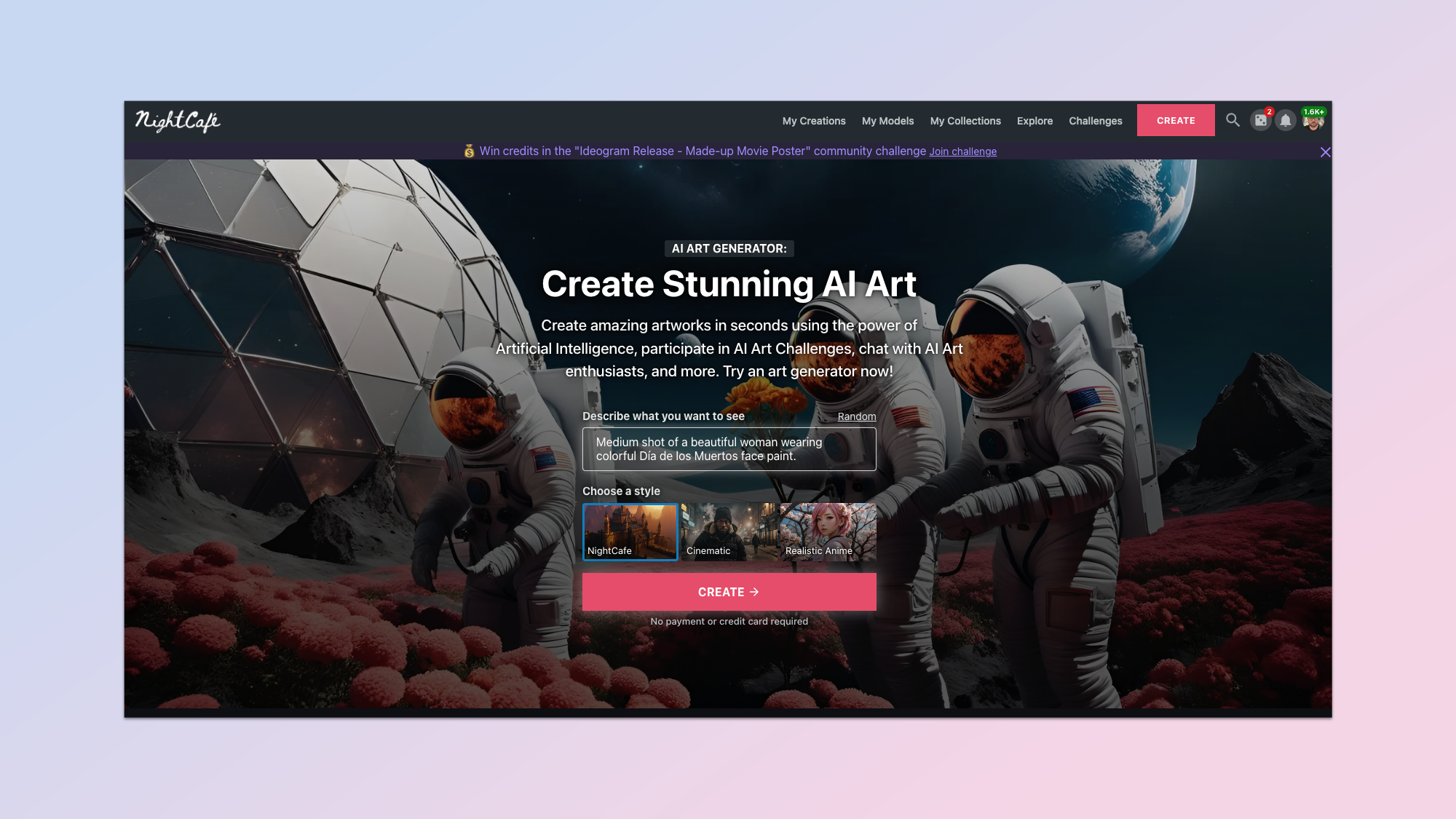
8. NightCafe
Specifications
Reasons to buy
Reasons to avoid
NightCafe was one of my first introductions to the world of generative AI. It was initially built on some custom models and later expanding to use Stable Diffusion-based models that have since been fine-tuned and customized.
As well as offering access to a wide variety of models, including Flux, Google's Imagen 3, Stable Diffusion, OpenAI's DALL-E 3 and now Ideogram, NightCafe makes it relatively easy to fine-tune or train your own models and lets easily manage and share your creations.
It even allows you to animate the individual photos using Stable Video Diffusion and upscale images using a range of upscaler models. You can even animate with Runway Gen-3 Turbo and Luma Labs Dream Machine within the single platform.
Its community is the real secret sauce behind why I keep going back to NightCafe again and again, regardless of which new models or services launch. There are regular competitions, chatrooms and creator jams for new ideas.
The company works to support that community, even engaging in partnerships with third party companies to offer prizes and free credits.
The credit system is also particularly helpful. Other services require a fixed monthly payment or have costly credit packs but NightCafe allows you to buy what you need.
It isn't perfect. The UI can be busy and the initial user journey can be daunting, but once you've engaged with it a while you'll find yourself coming back again and again.

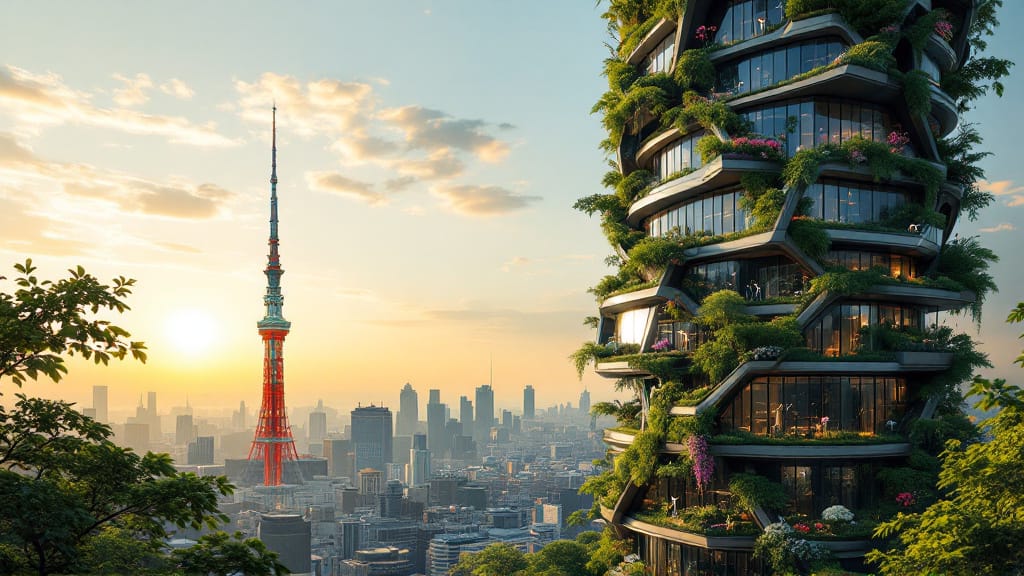
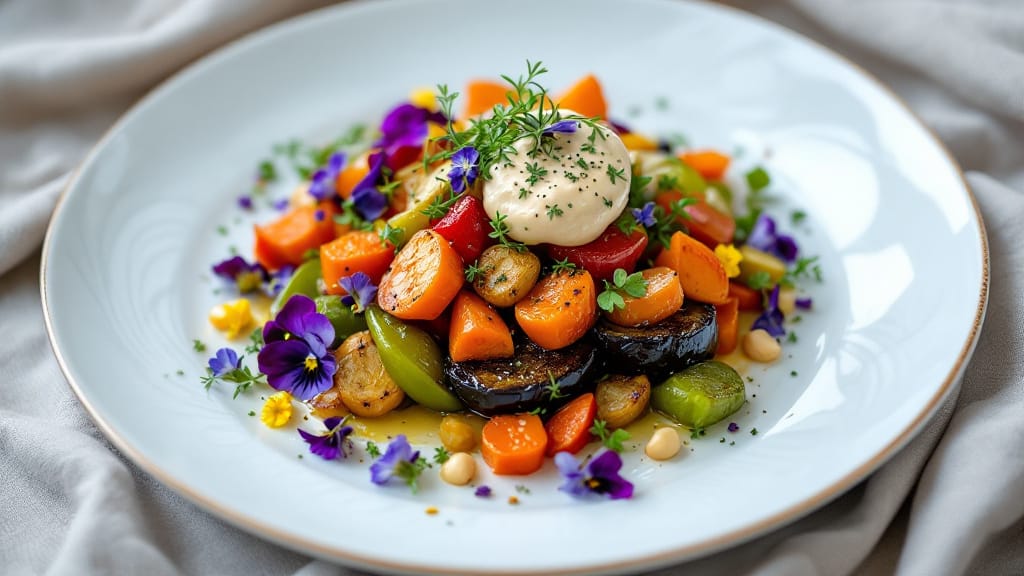


Best for Innovation

9. Freepik
Specifications
Freepik is an interesting platform. Originally know for its library of images, it has very quickly become a major force in the artificial intelligence space. Some of this was driven by its acquisition of AI-upscaler Magnific earlier this year.
The AI generation part of the platform is incredibly easy to use and intuitive. It also includes a prompt enhancer that uses a large language model to improve your simplistic prompts.
You can add filters and elements to the image generation such as custom styles, colors and lighting. You can also specify the camera type if you are taking a photo. When exporting you have an easy upscale button that happens automatically before offering the download.
The feature set goes beyond simple image generation. One of these is sketch enhancement using AI. You can doodle on the screen and the AI will turn your doodle into an artwork or photograph.
Outside of generation, editing and sketching you can also upscale images from outside of Freepik, expand canvas in a similar way to Photoshop and use AI to retouch existing images.
Freepik has become a good all-round AI powerhouse, a way to play with image creation, including offering the latest models. It has all versions of the Flux family of models including Flux 1.1 Pro, the new rapid and realistic version.
The big stand out though is Mystic, built by the Magnific team. This is a fine-tuned and customized version of Flux that is perfect for photorealistic depictions of people.





Best for originality
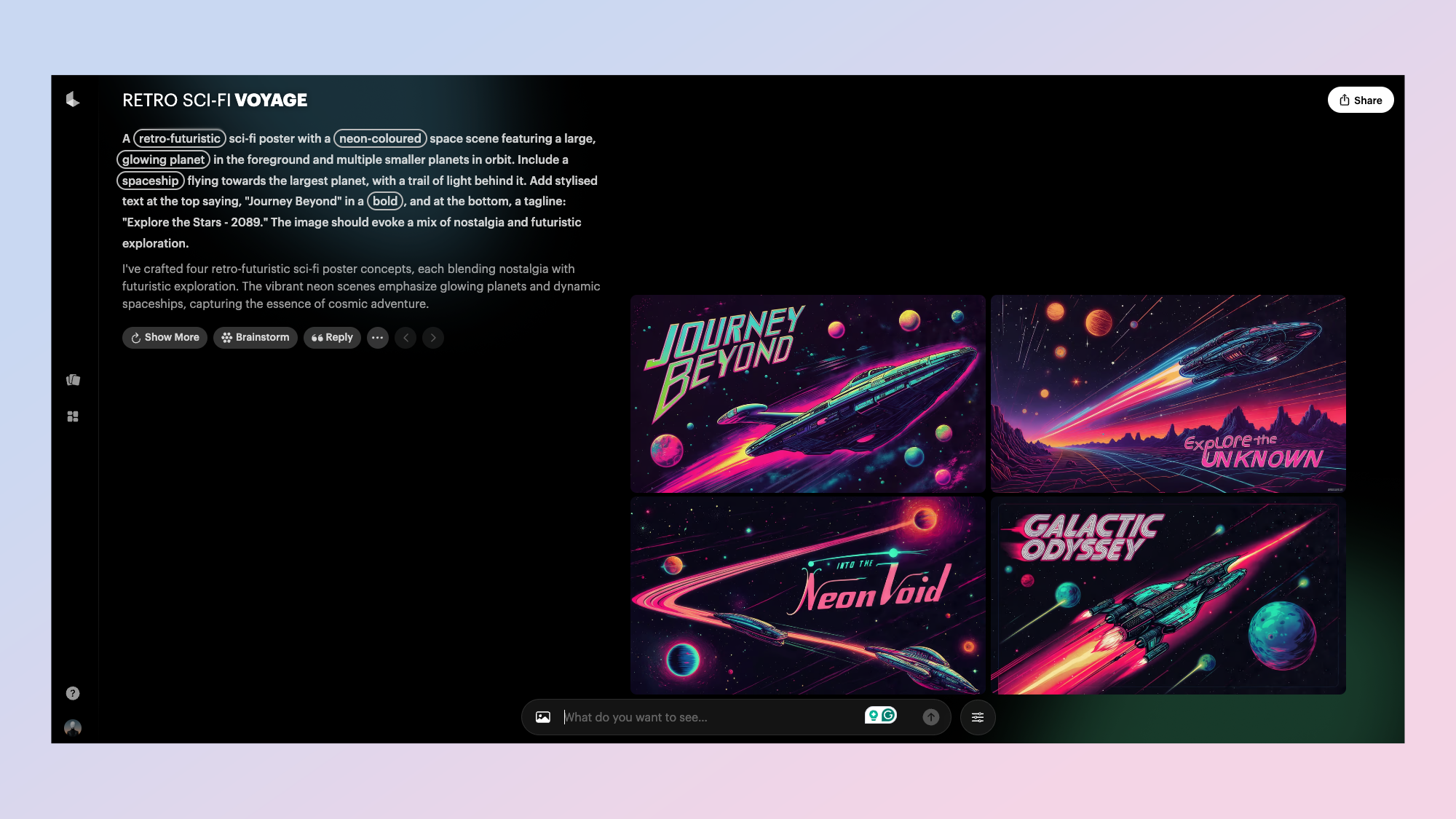
10. Luma Photon
Specifications
Reasons to buy
Reasons to avoid
Luma’s Dream Machine is more traditionally an AI video platform, at least that is how it started. With its most recent update, and the addition of the Photon image model it has become one of the most innovative approaches to AI creation.
The Photon model can generate compelling images and is surprisingly creative and personalizable through complex prompting. It is also higher resolution for a lower price than other similar-sized models from Luma’s competitors. Its big differentiator is its prompt adherence and integration with the new look Dream Machine, which is now both image and video.
In Dream Machine a user enters a prompt and then collaborates with the platform to enhance both the prompt and adapt the image. I tested this in a review and found that the customization makes it very easy to get the exact image you are looking for.
One of my favorite features of Dream Machine is the interface. It is more like a chatbot than a traditional AI image generator. After entering your prompt you get the full prompt as well as four images. Keywords within the prompt are highlighted and can be quickly customized to change specific elements within the image. The Dream Machine platform has undergone a comprehensive redesign to improve user experience.
You can then also opt to show more images, brainstorm on the side, and even reply to the response to that prompt to get specific changes. Clicking reply will load the generated images into the chat box as an attachment where you can send it to the video editor or change the image using as simple natural language prompt.
Luma Dream Machine works by creating “boards” for each topic. You can then iterate through the idea, brainstorming with the AI and keeping it all collected in one location.
Recognizing the diverse needs of its user base, Luma AI has introduced subscription tiers to cater to different levels of usage:
Hobbyist: $9.99 per month
Explorer: $29.99 per month
Professional: $99.99 per month
Enterprise: Custom pricing for larger teams
These tiers offer varying levels of access and support, allowing users to select plans that best fit their creative requirements.
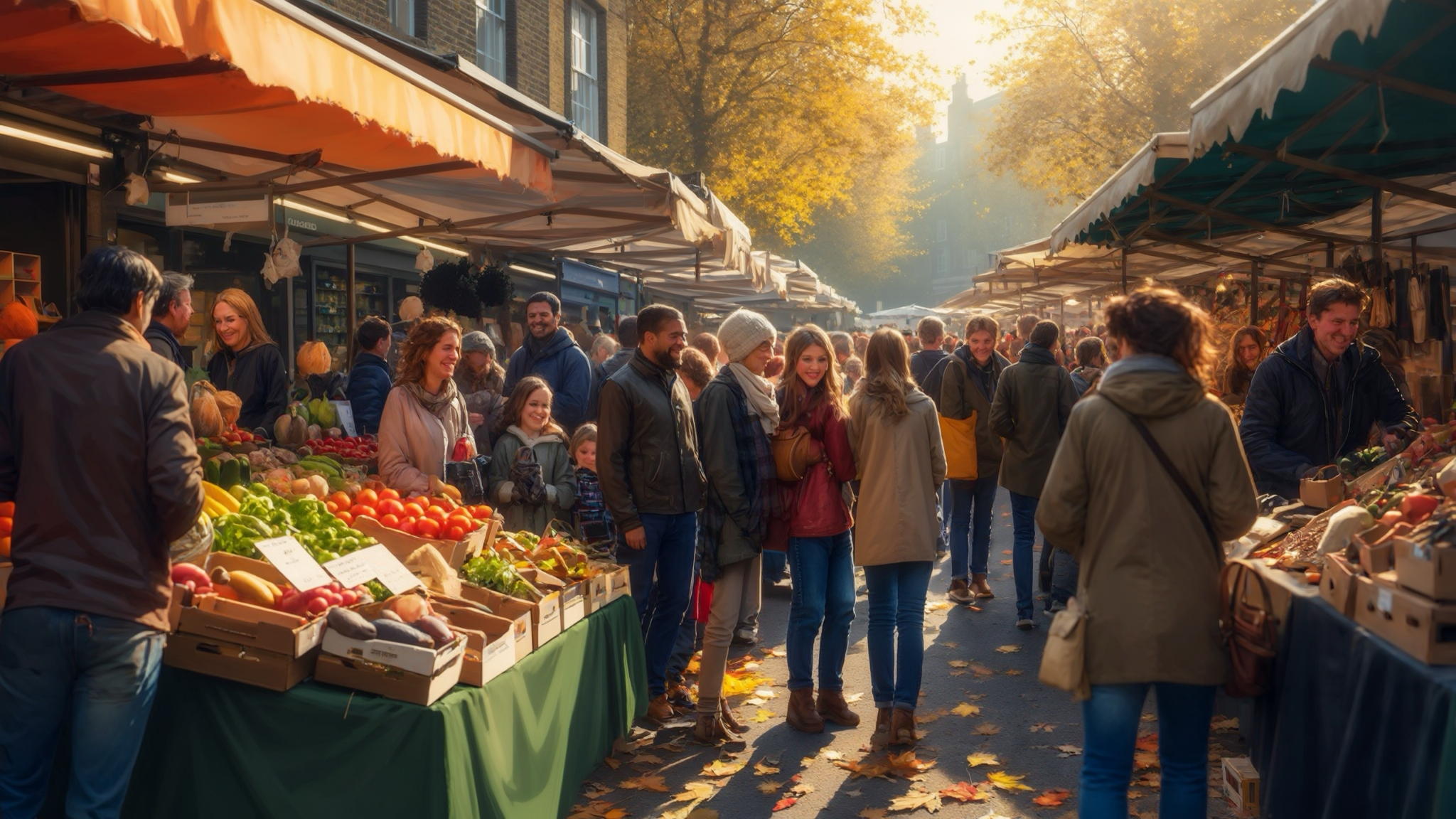



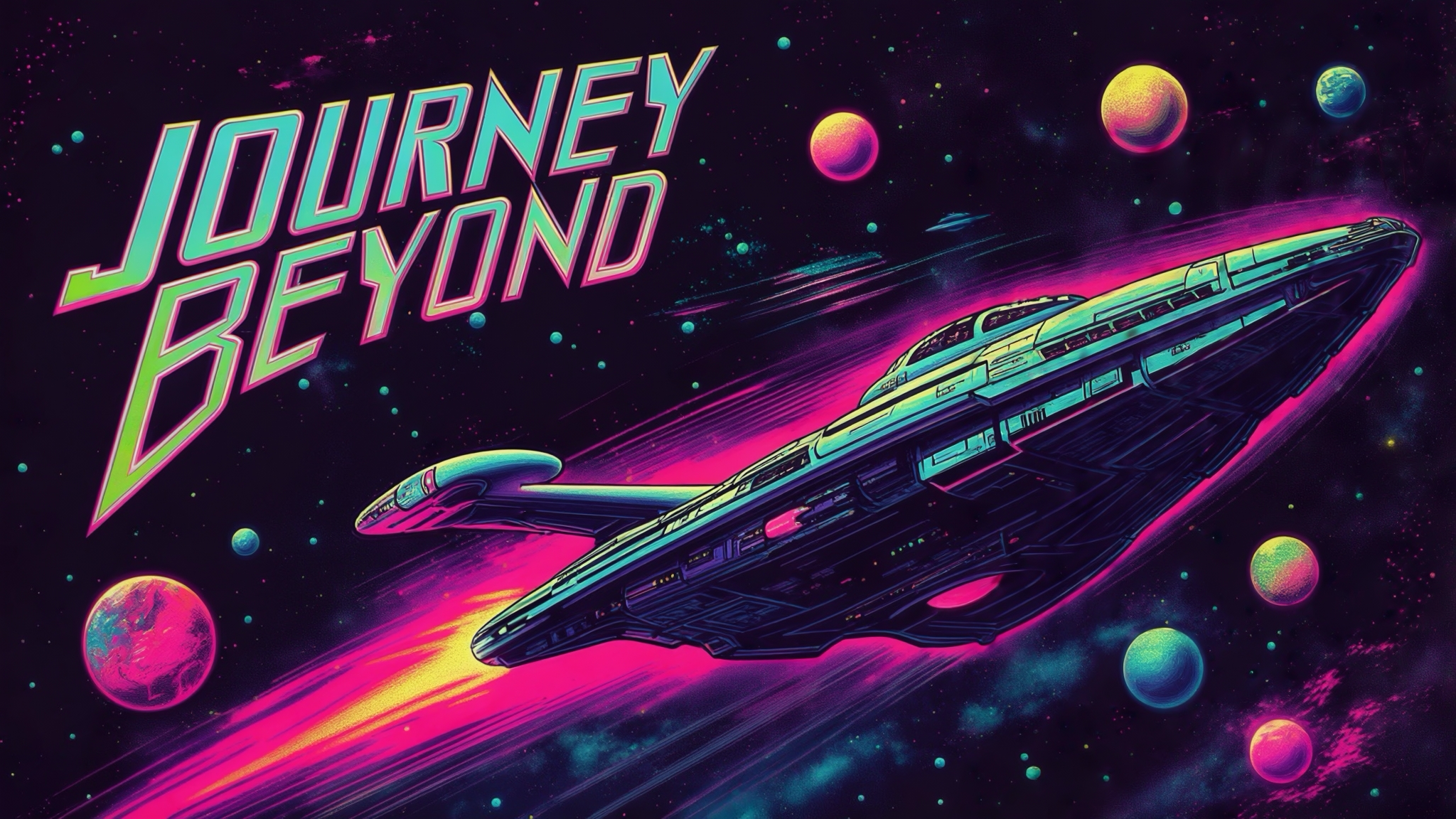
Best for video linkup
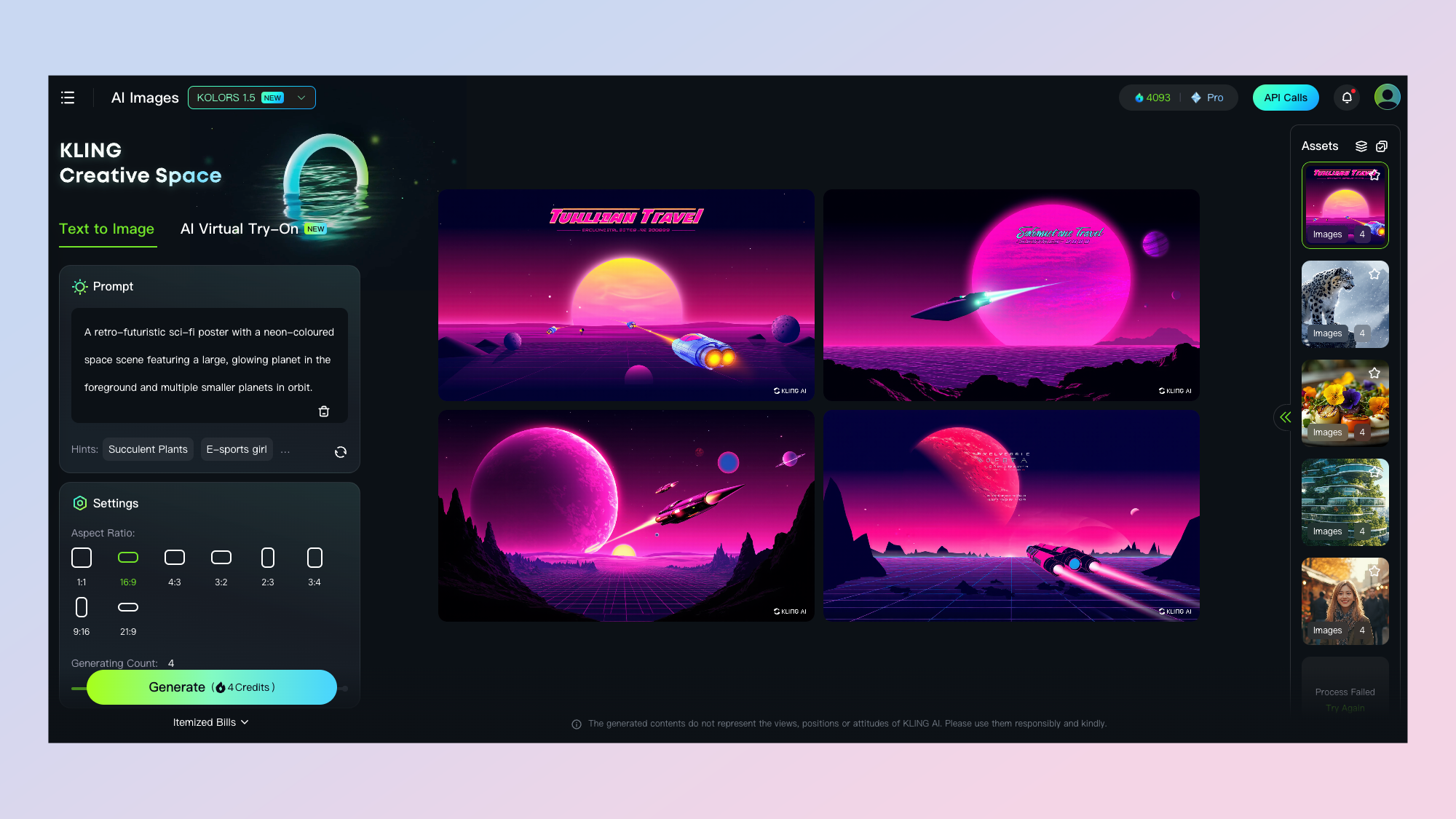
Kling’s KOLORS is its dedicated AI image model. A lot of the big video platforms are launching custom image models as they use them to enhance their video platforms. Luma has Photon, Runway is launching Frames and Haiper already has an image version of its model.
KOLORS is impressive for visual consistency, human realism and portrait aesthetics but I’ve found it struggles with text rendering, something other models now largely do very well.
One area it is particularly good is in generating portraits. It captures the light and shadow required from a prompt particularly well and follows a prompt accurately.
KOLORS also comes with a virtual “try-on” where you can generate a virtual model and then either upload or generate an outfit for the model to wear. It comes with a series of example images you can use for inspiration and each image costs 1 credit.
The true value of KOLORS though comes from the deep integration with the Kling AI video model. The user generates an image and then clicks to animate it. Kling is one of the best AI video models currently available. It can create hyperrealistic video with accurate motion.
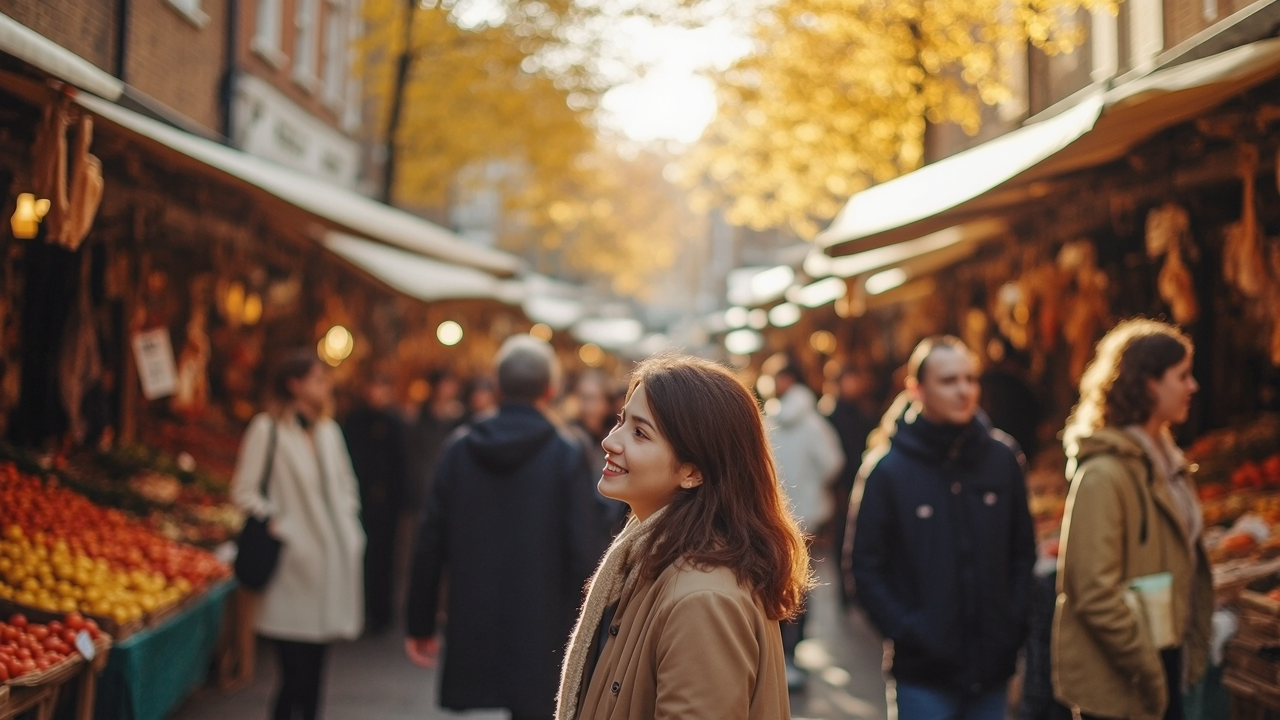



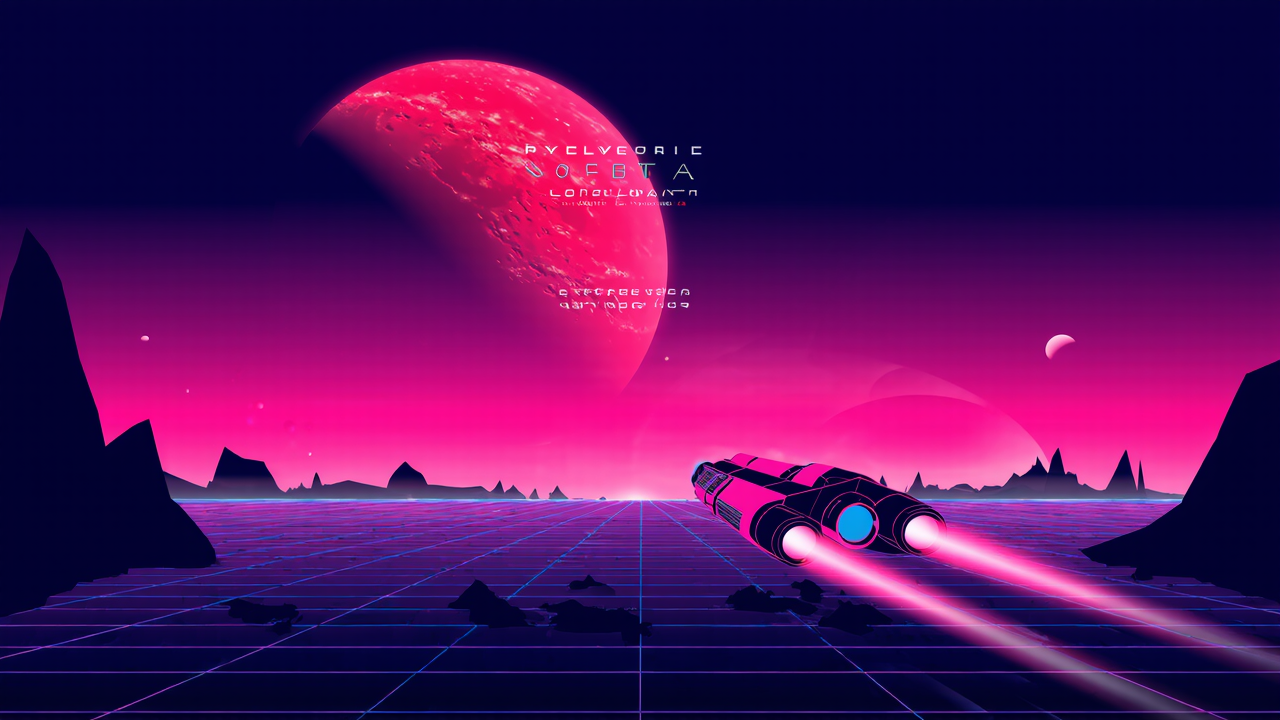
Final thoughts
Generating AI images is a fun process. You get to see an idea you've had in your head almost immediately and with new features like Canvas you can edit and make changes to that image to fit your exact concept.
I've used Ideogram to create posters to remind the children to turn off lights, artwork for app icons and even entire app designs. I've used Midjourney to create photos worthy of printing and Adobe Firefly regularly contributes to cover images for my stories.
I hope this guide has given you some insight into the best tools for creating AI art. If you've tried something I've not included send me an email, find me on X or leave a comment and I'll give it a review.
More from Tom's Guide
- 7 ChatGPT productivity hacks that you're not using — but should be
- I use Gemini every day — here are 7 mind-blowing prompts I can’t live without
- These 9 AI prompts work like magic — no matter which chatbot you use
Get instant access to breaking news, the hottest reviews, great deals and helpful tips.

Amanda Caswell is an award-winning journalist, bestselling YA author, and one of today’s leading voices in AI and technology. A celebrated contributor to various news outlets, her sharp insights and relatable storytelling have earned her a loyal readership. Amanda’s work has been recognized with prestigious honors, including outstanding contribution to media.
Known for her ability to bring clarity to even the most complex topics, Amanda seamlessly blends innovation and creativity, inspiring readers to embrace the power of AI and emerging technologies. As a certified prompt engineer, she continues to push the boundaries of how humans and AI can work together.
Beyond her journalism career, Amanda is a long-distance runner and mom of three. She lives in New Jersey.






